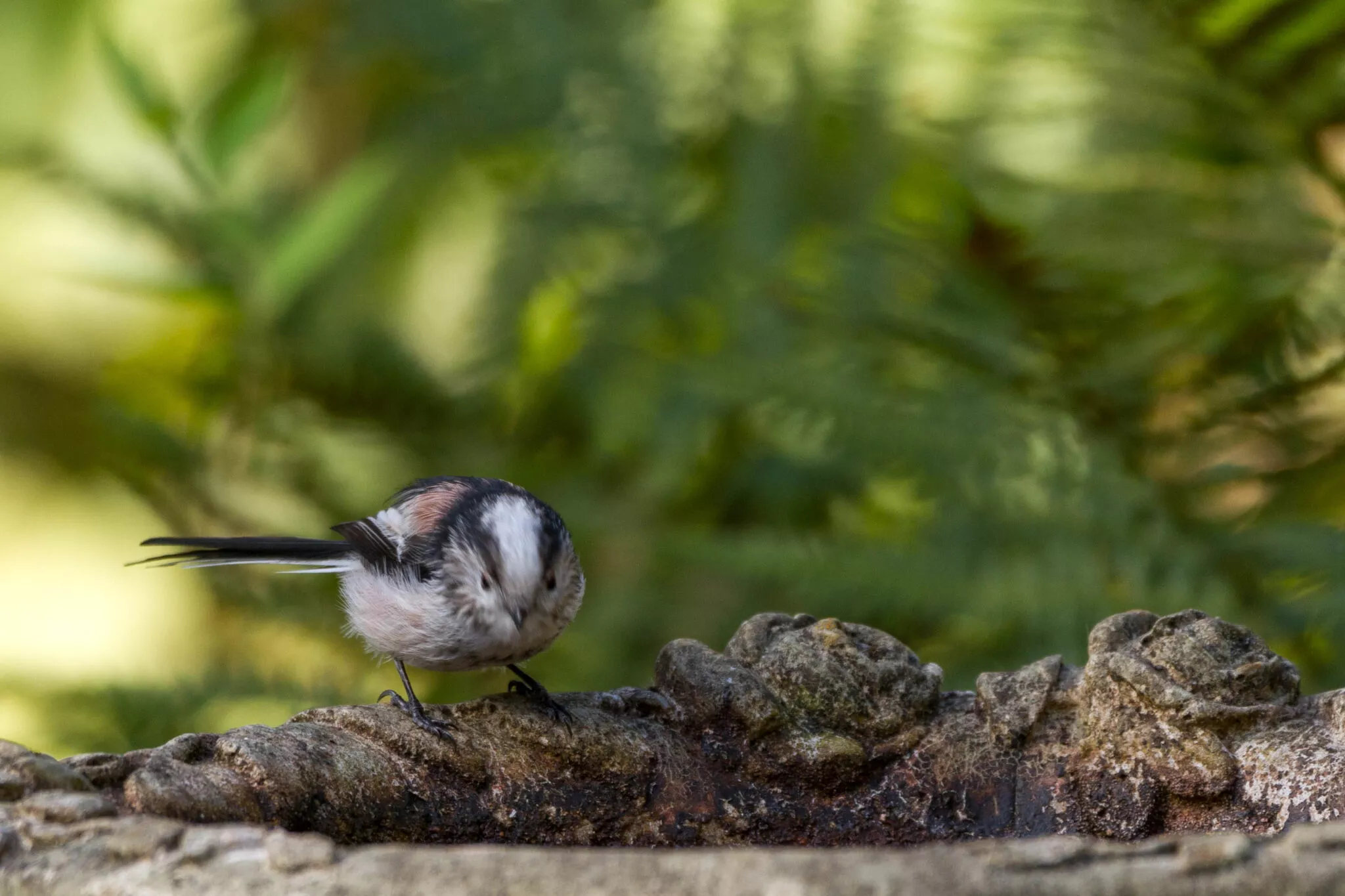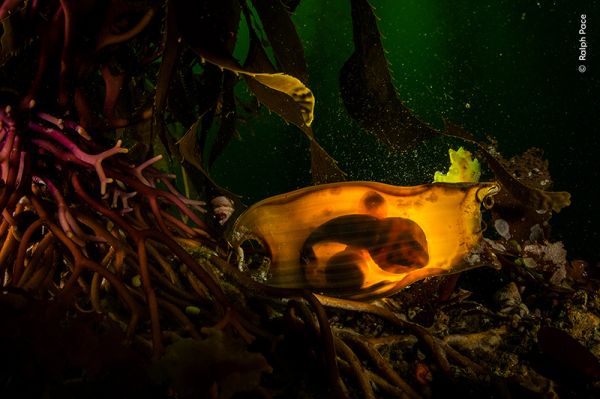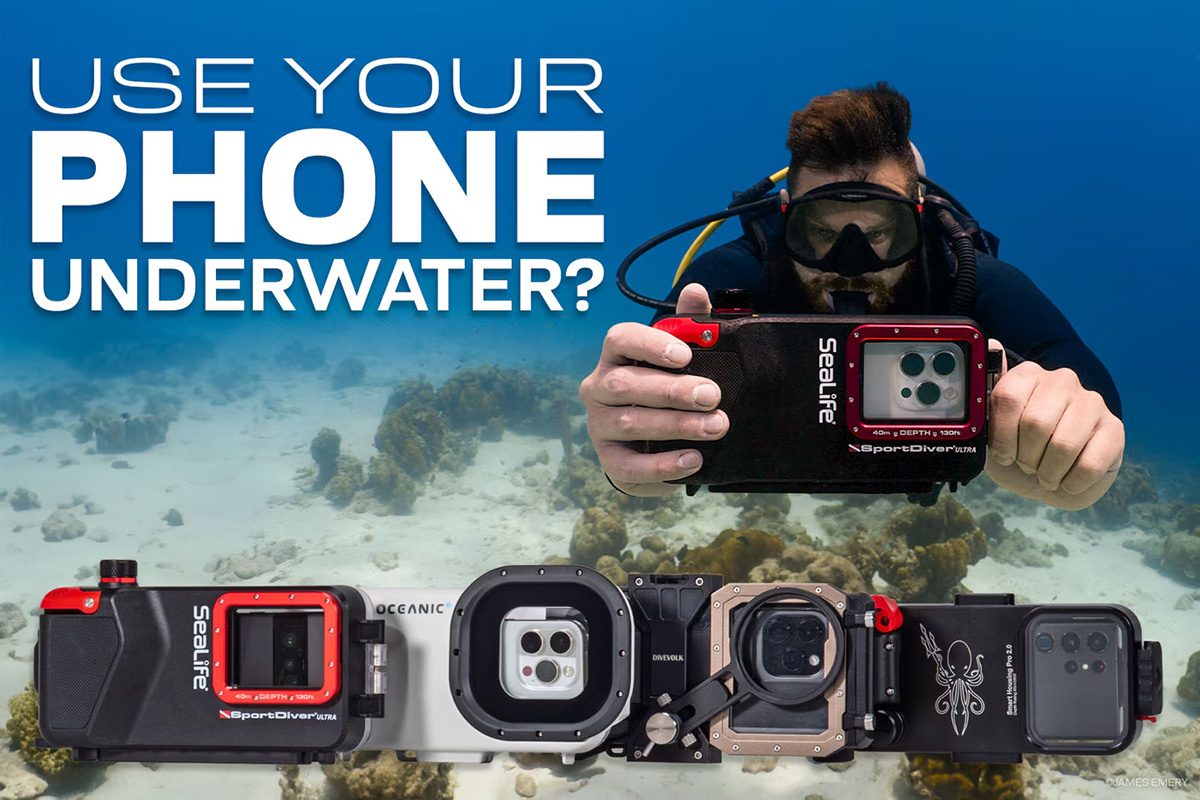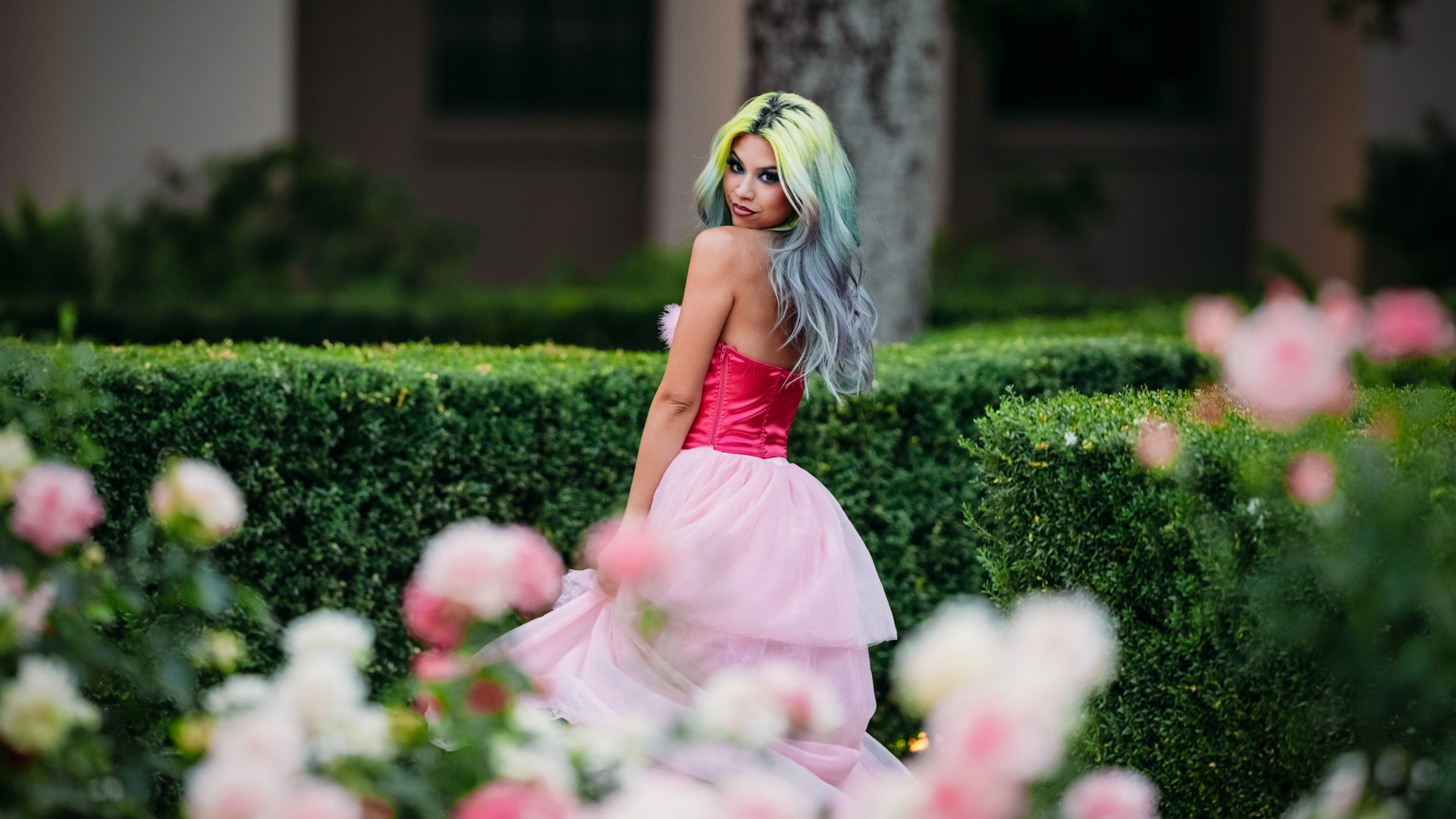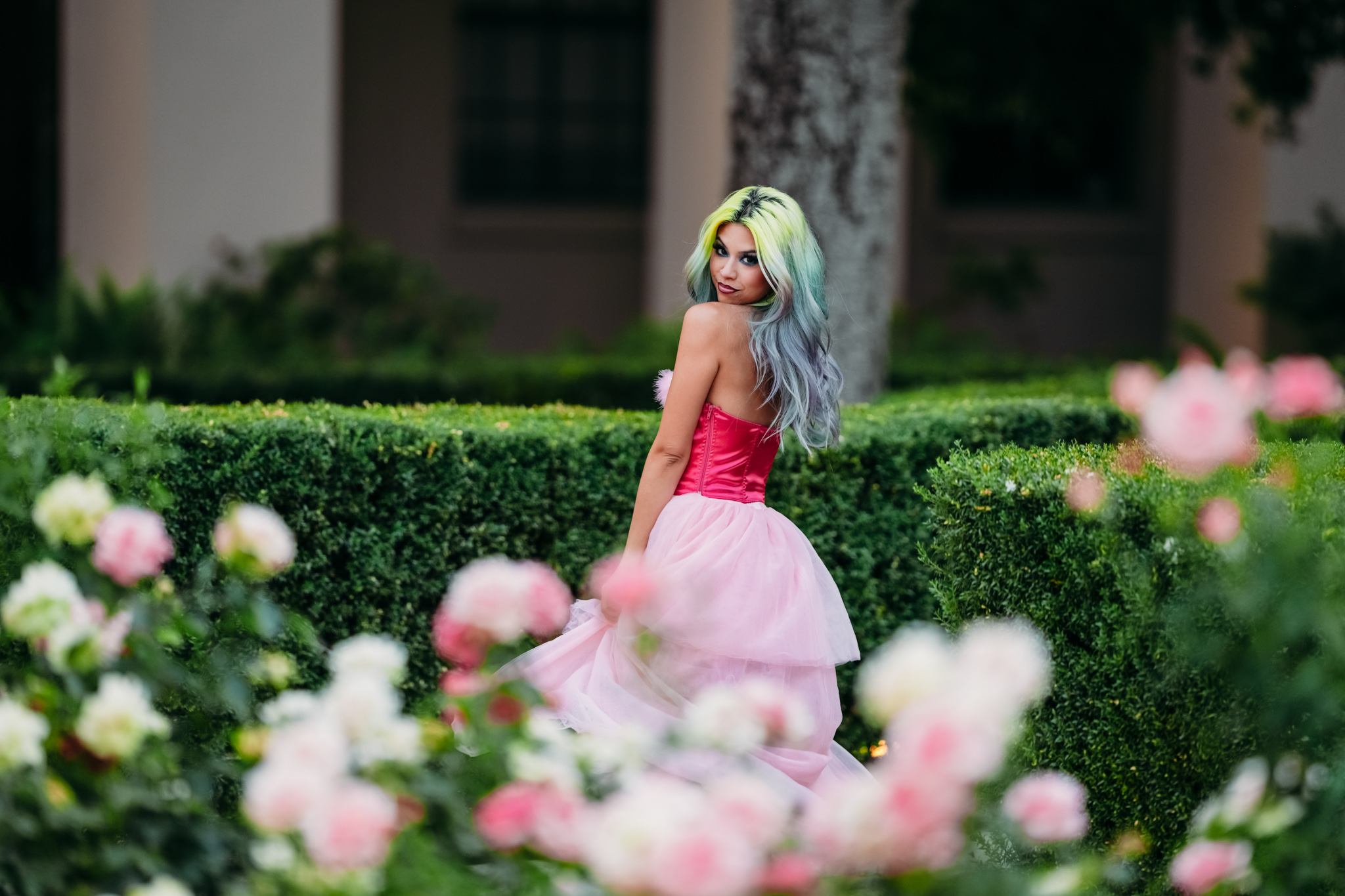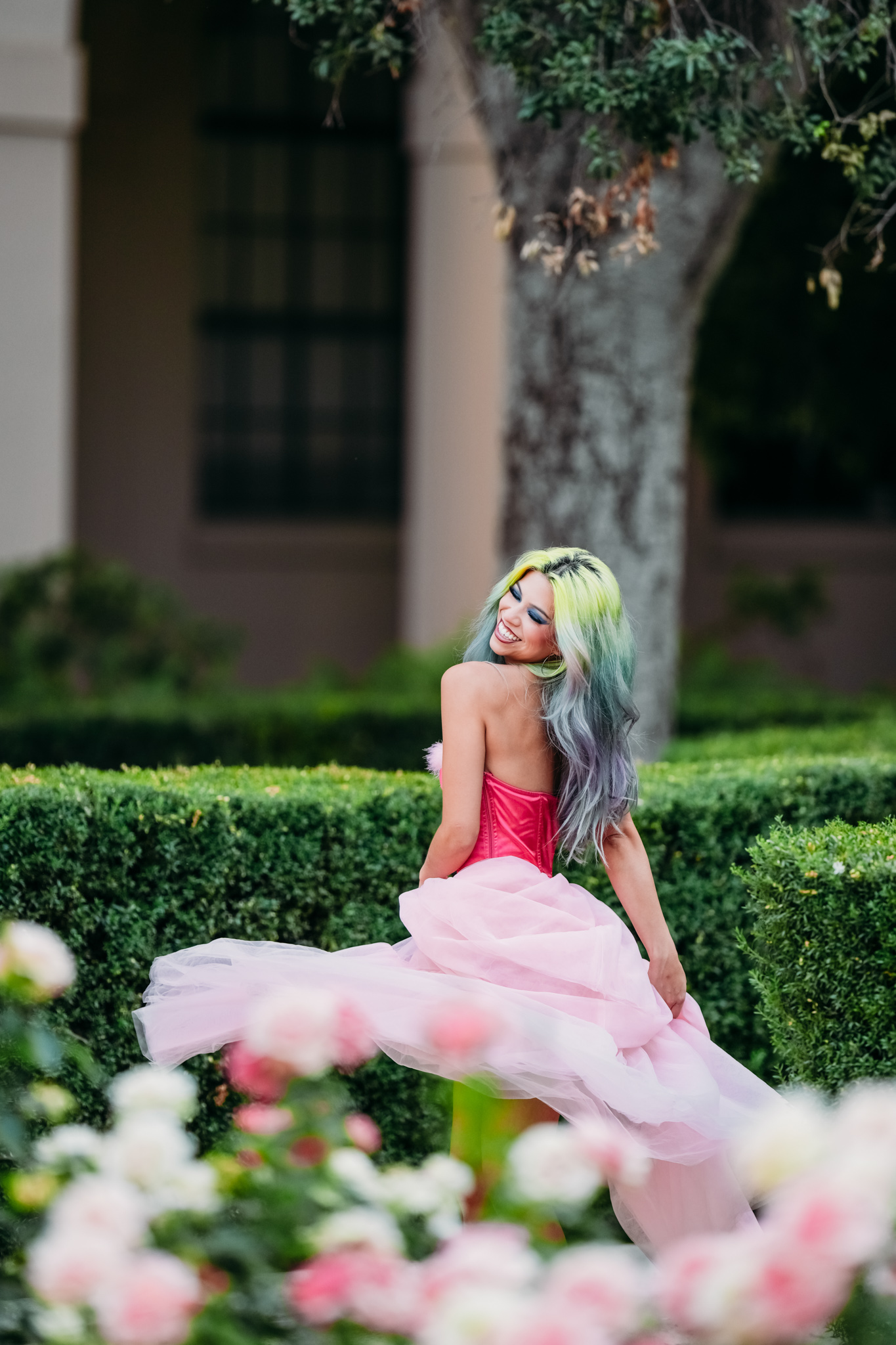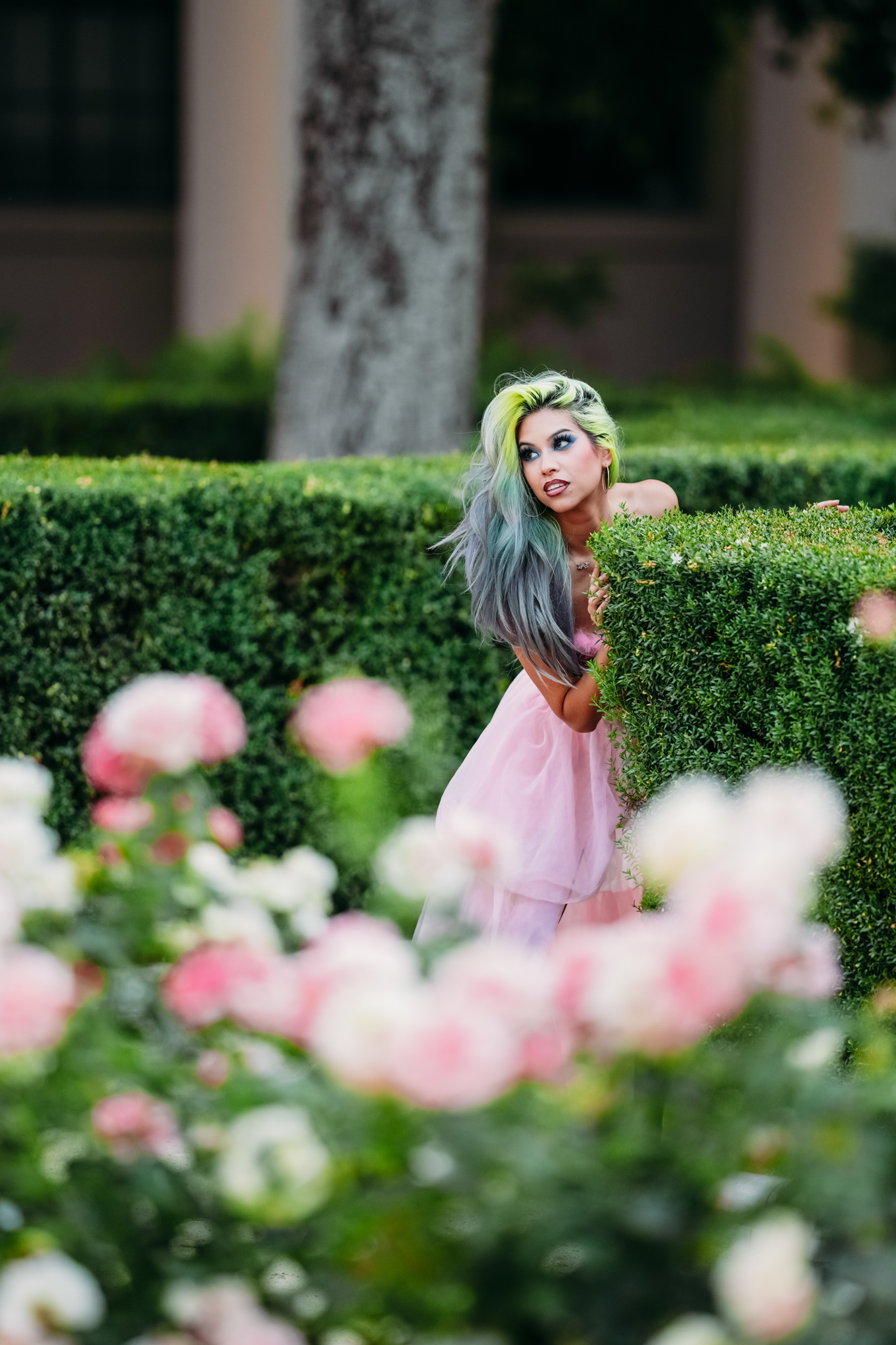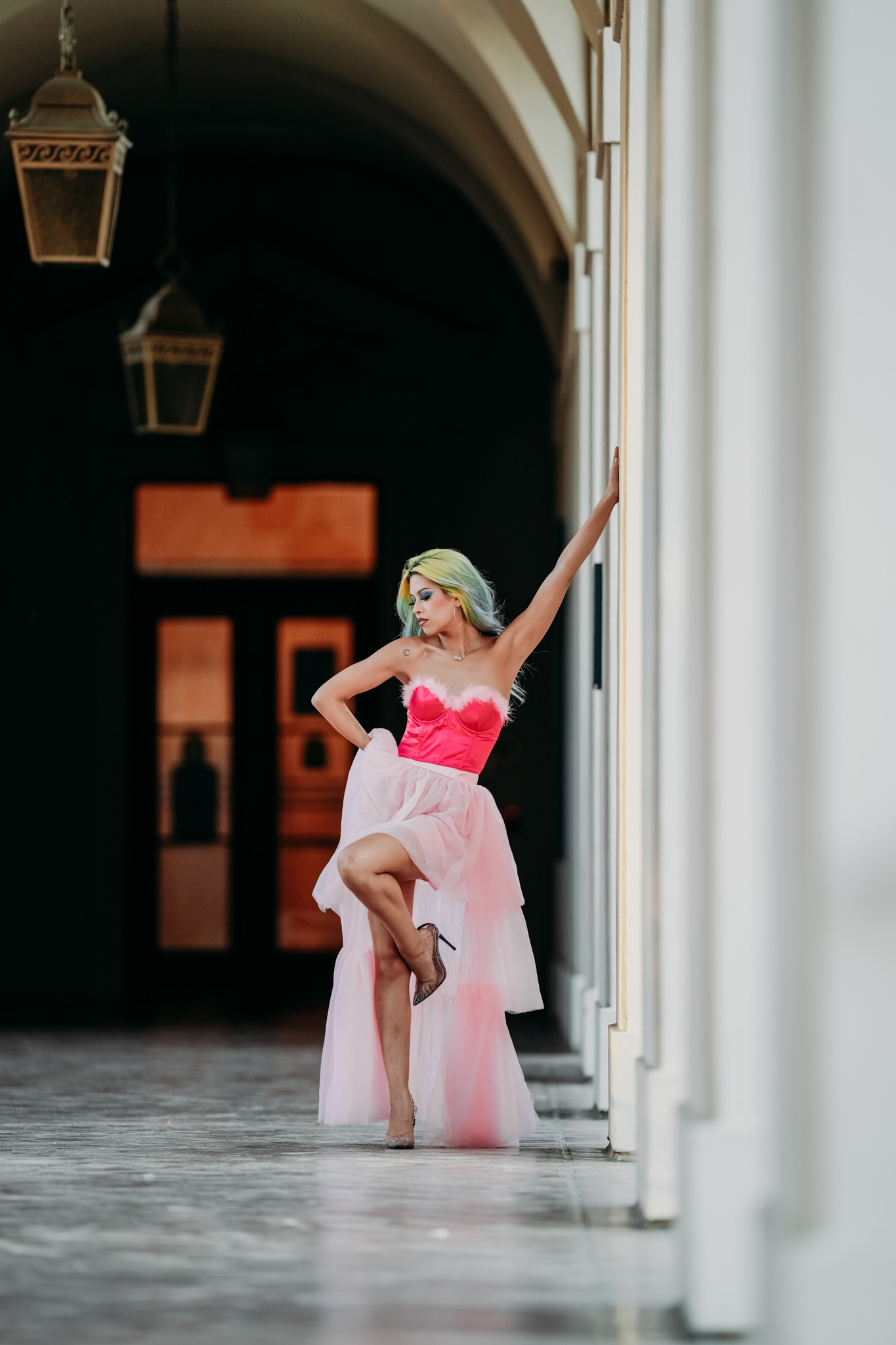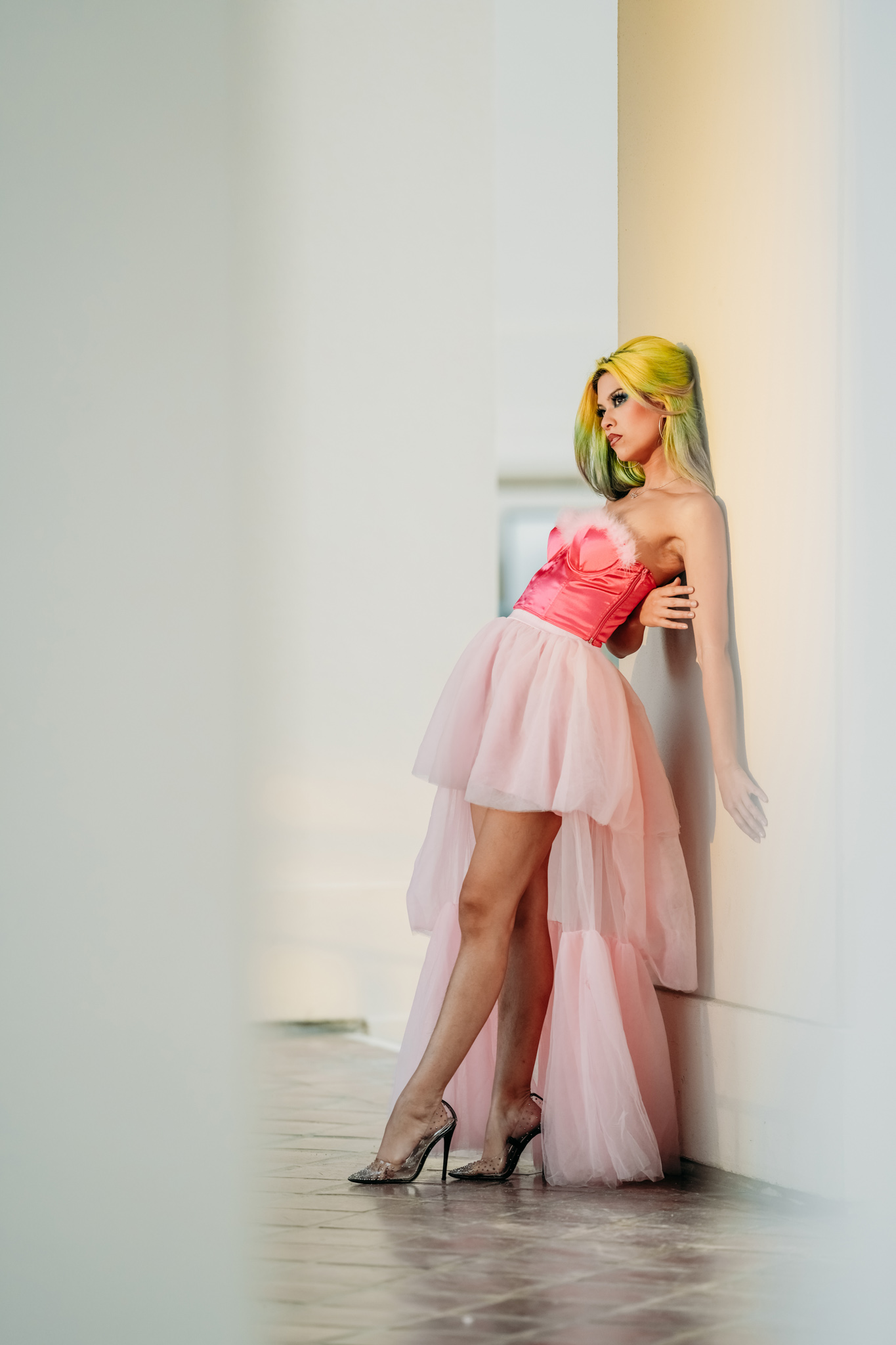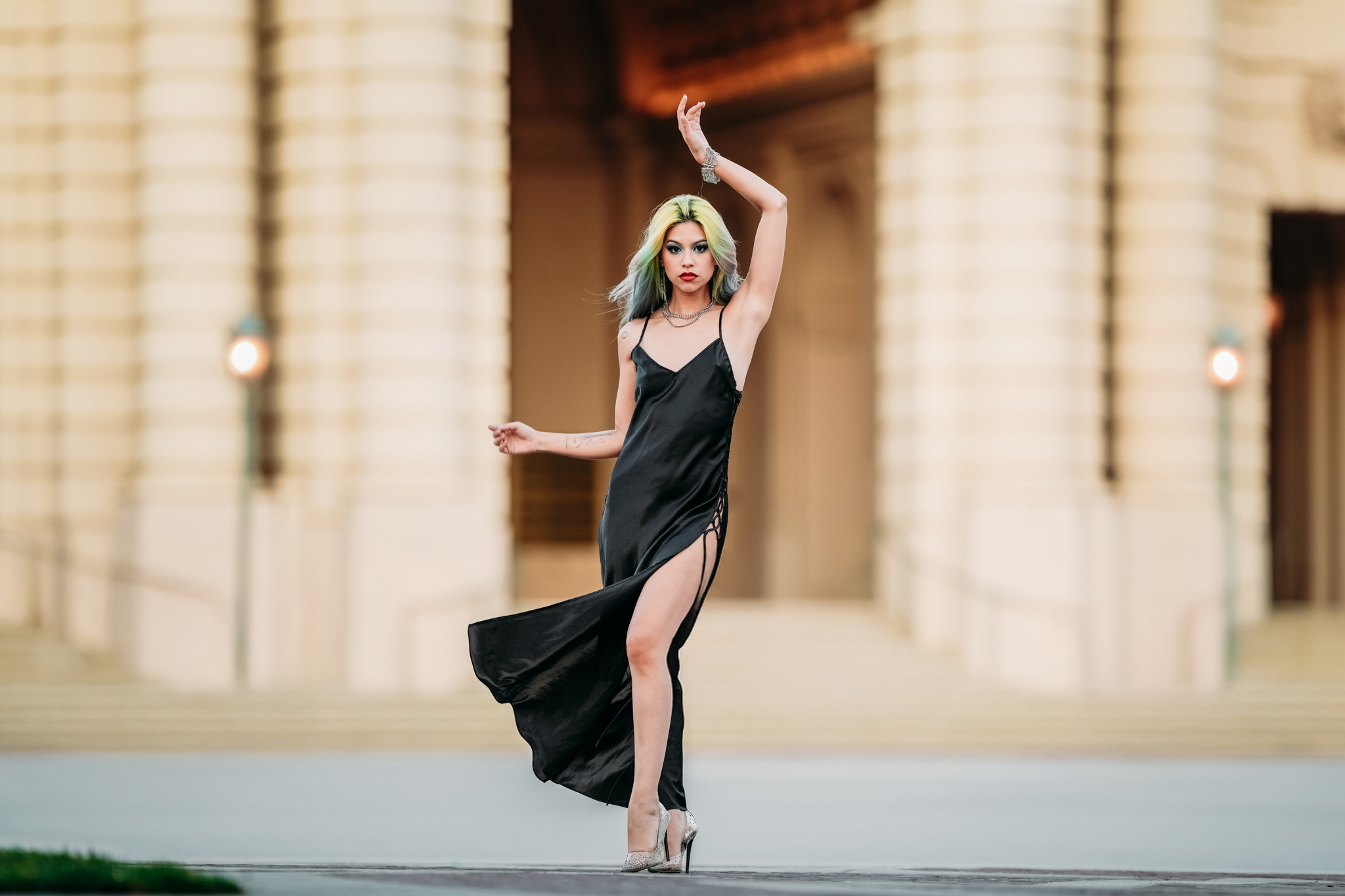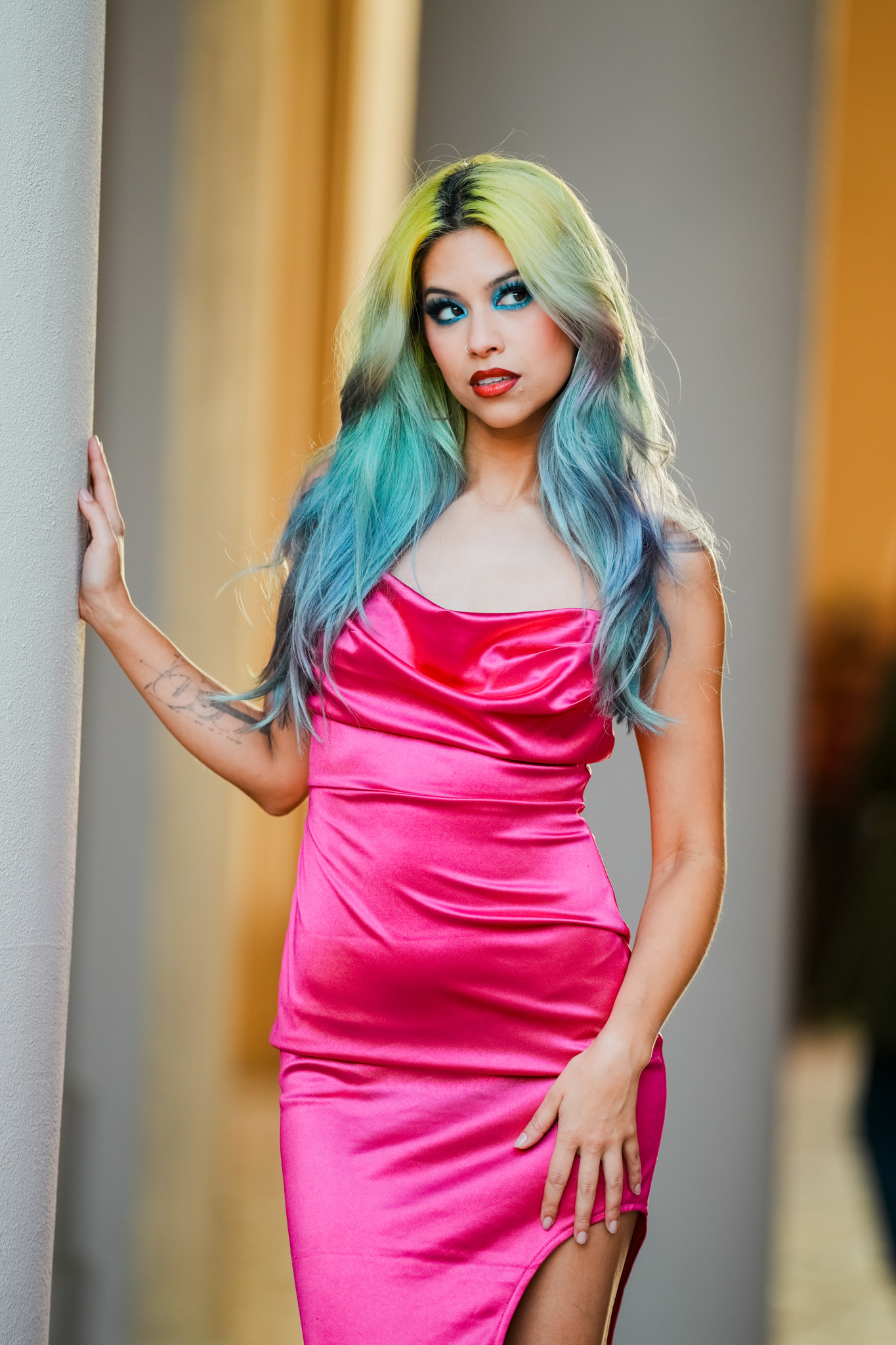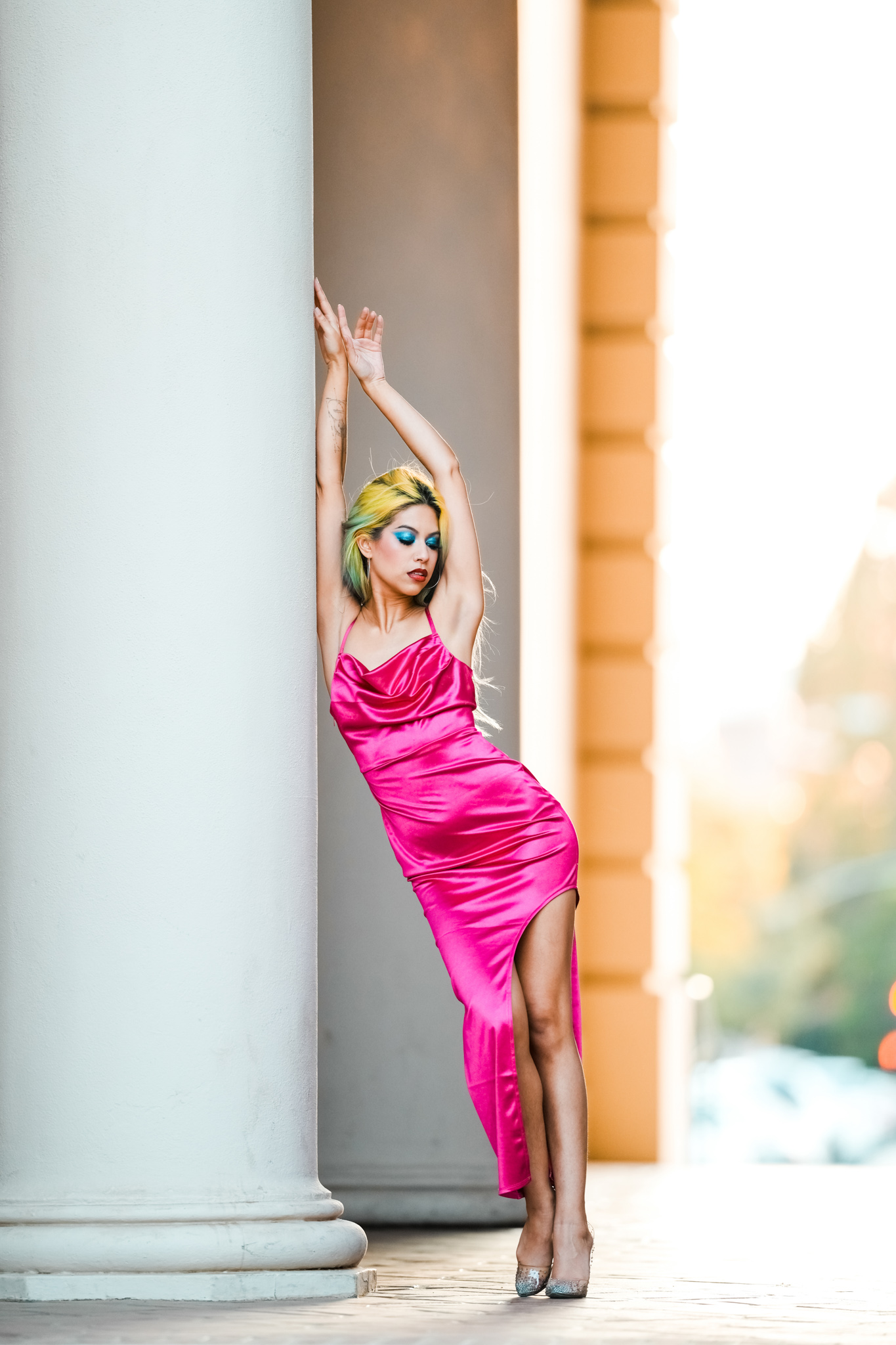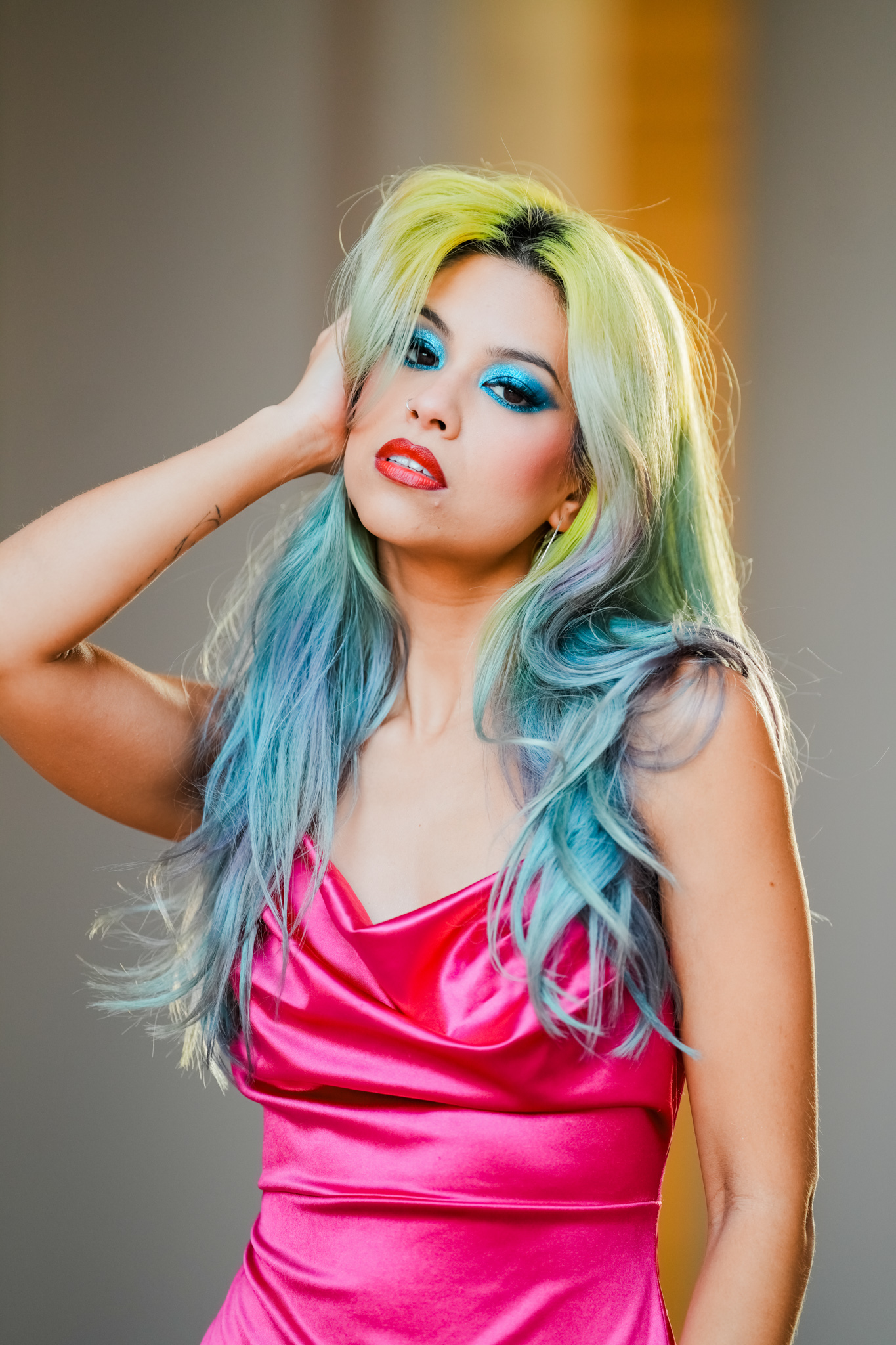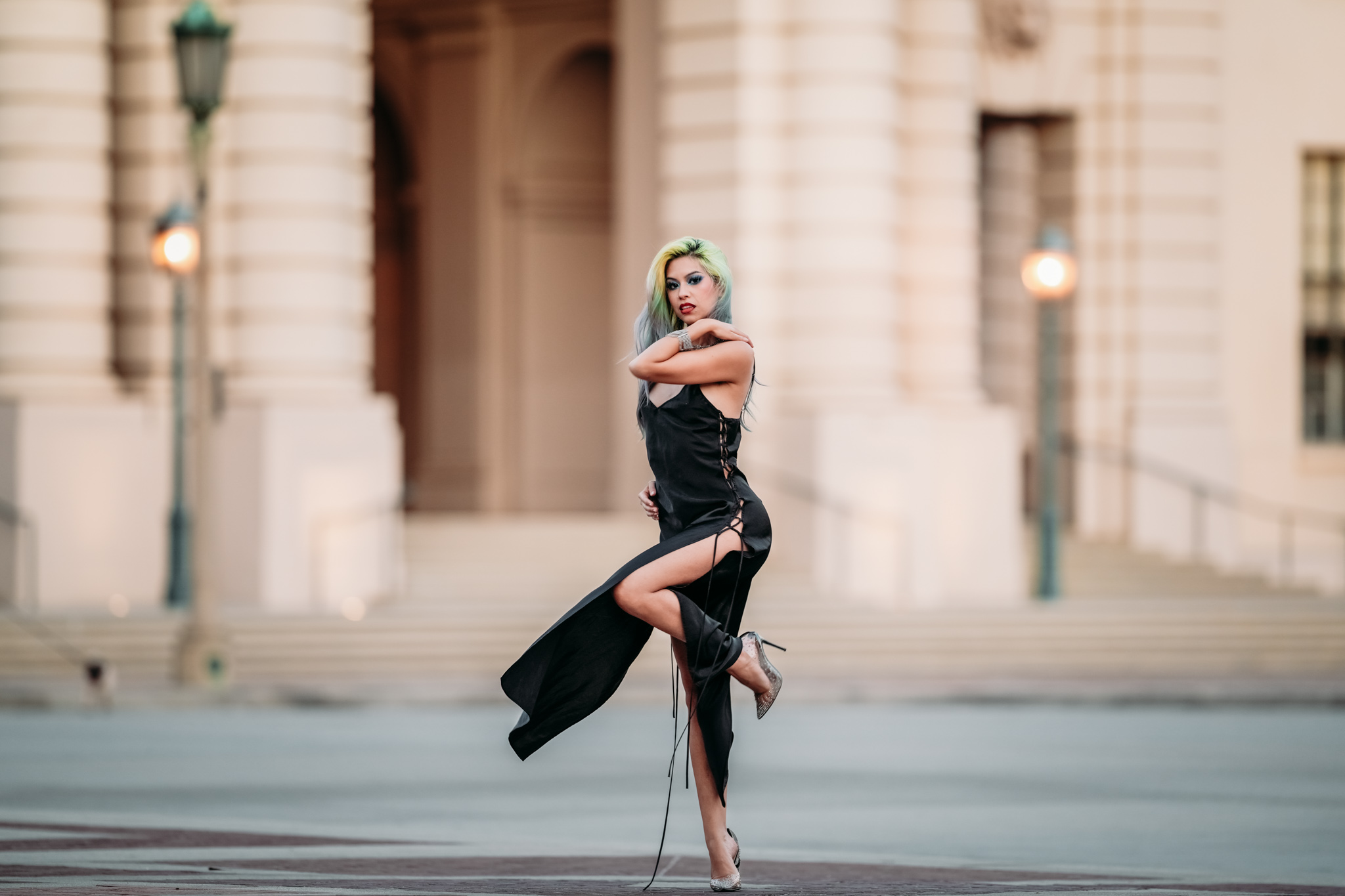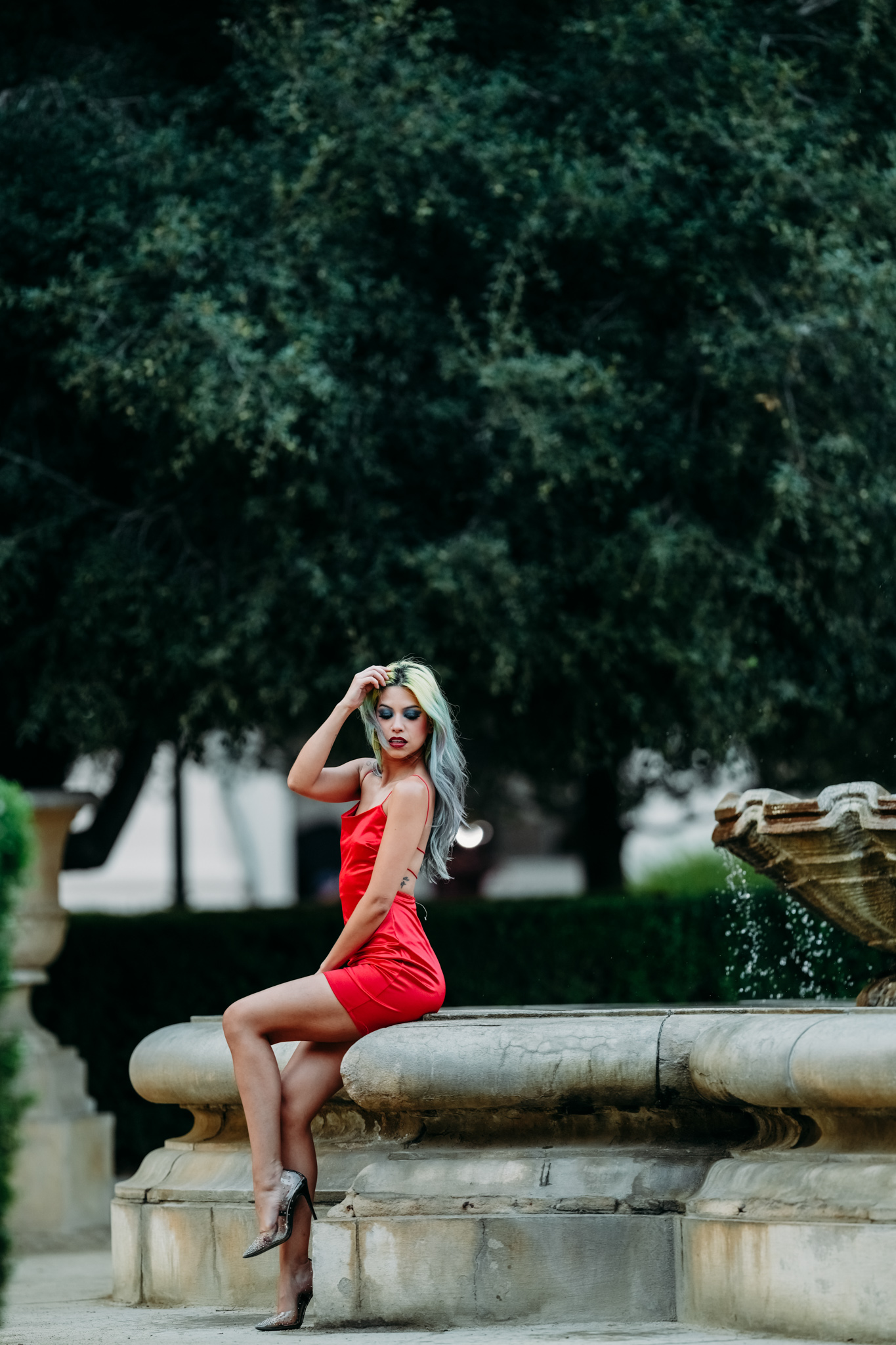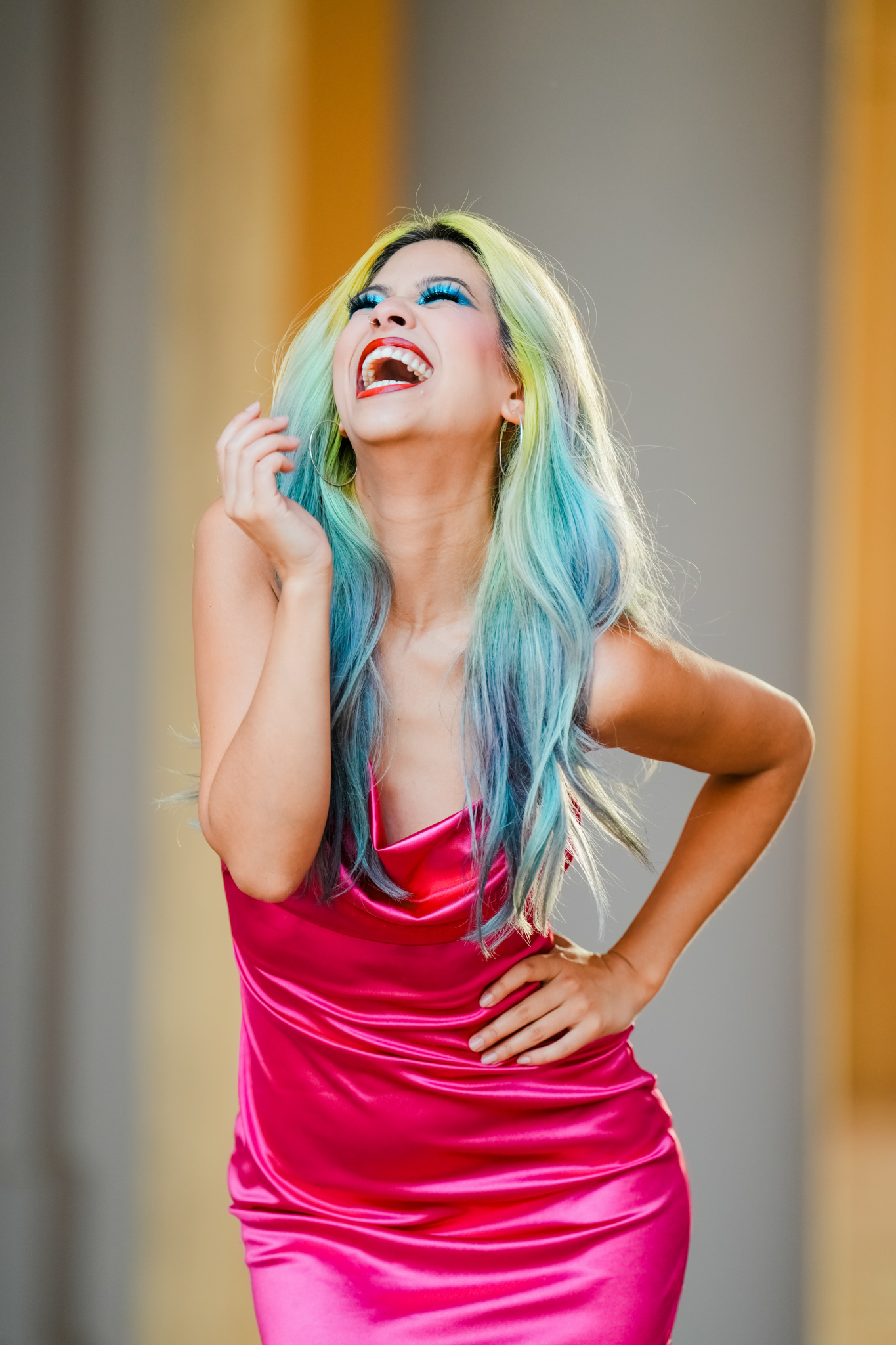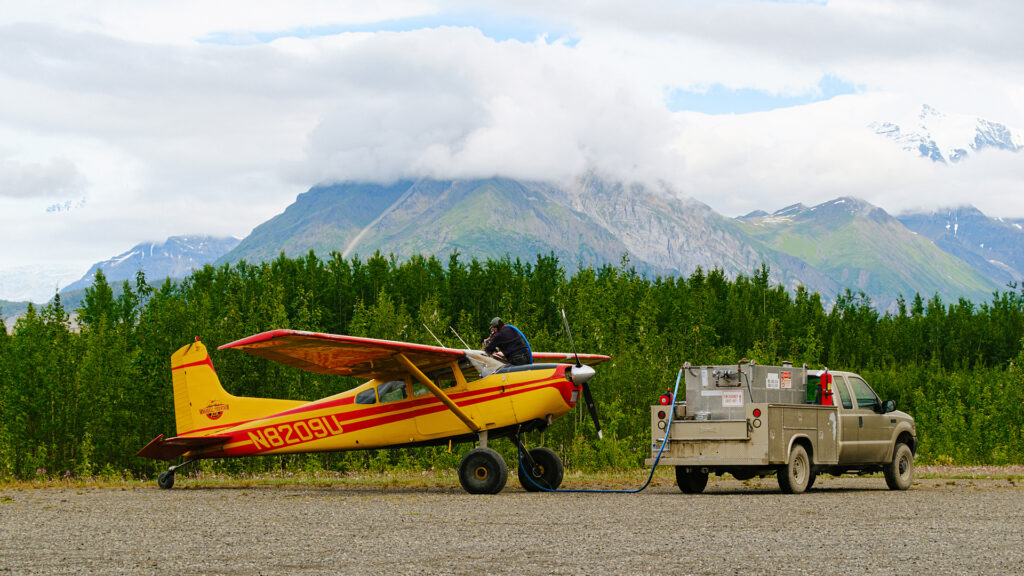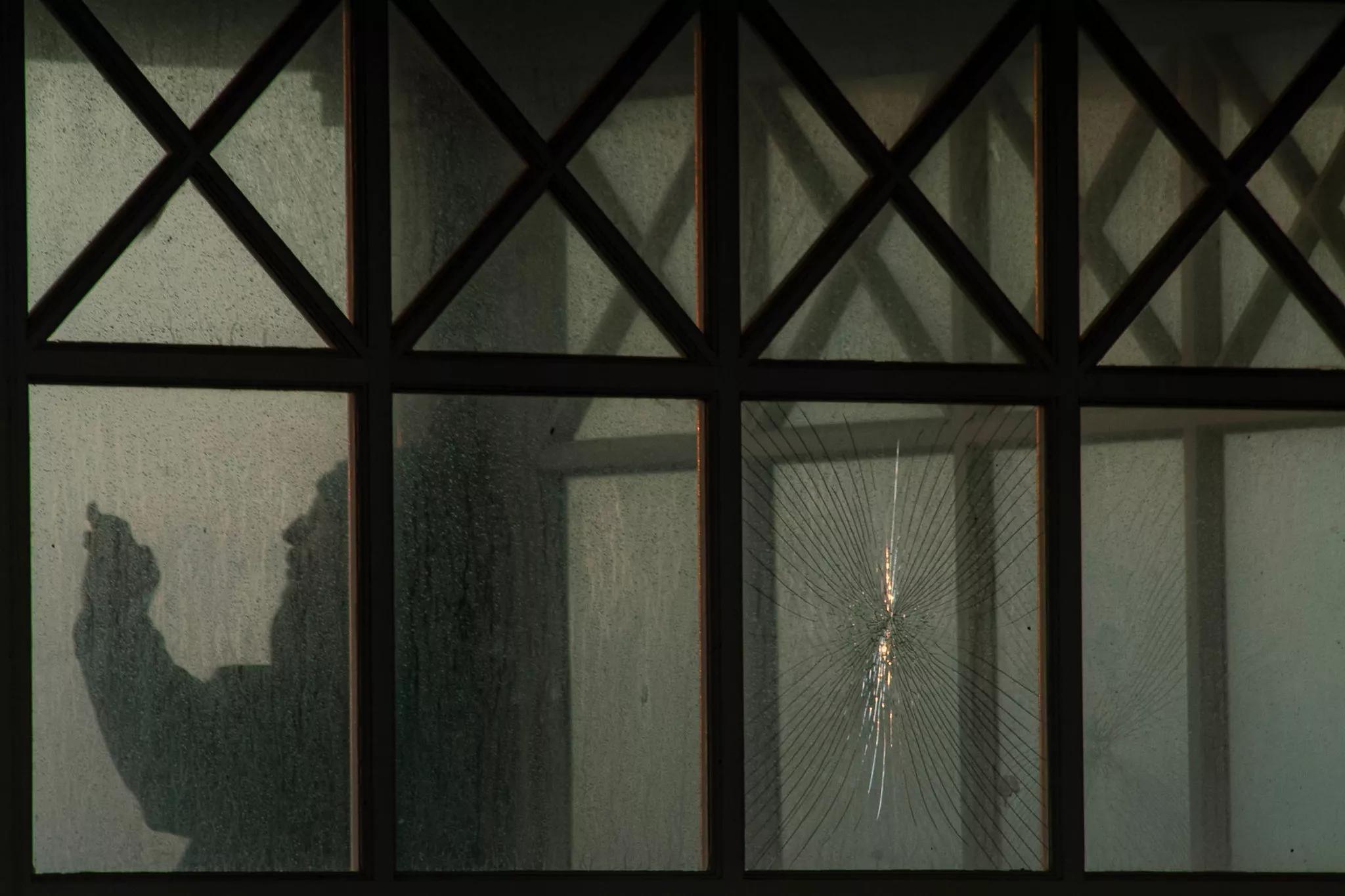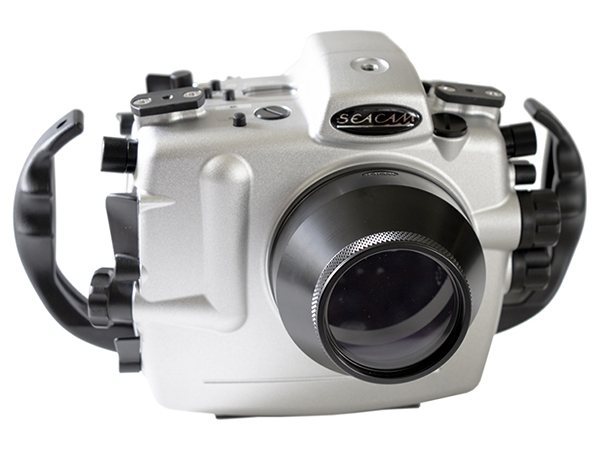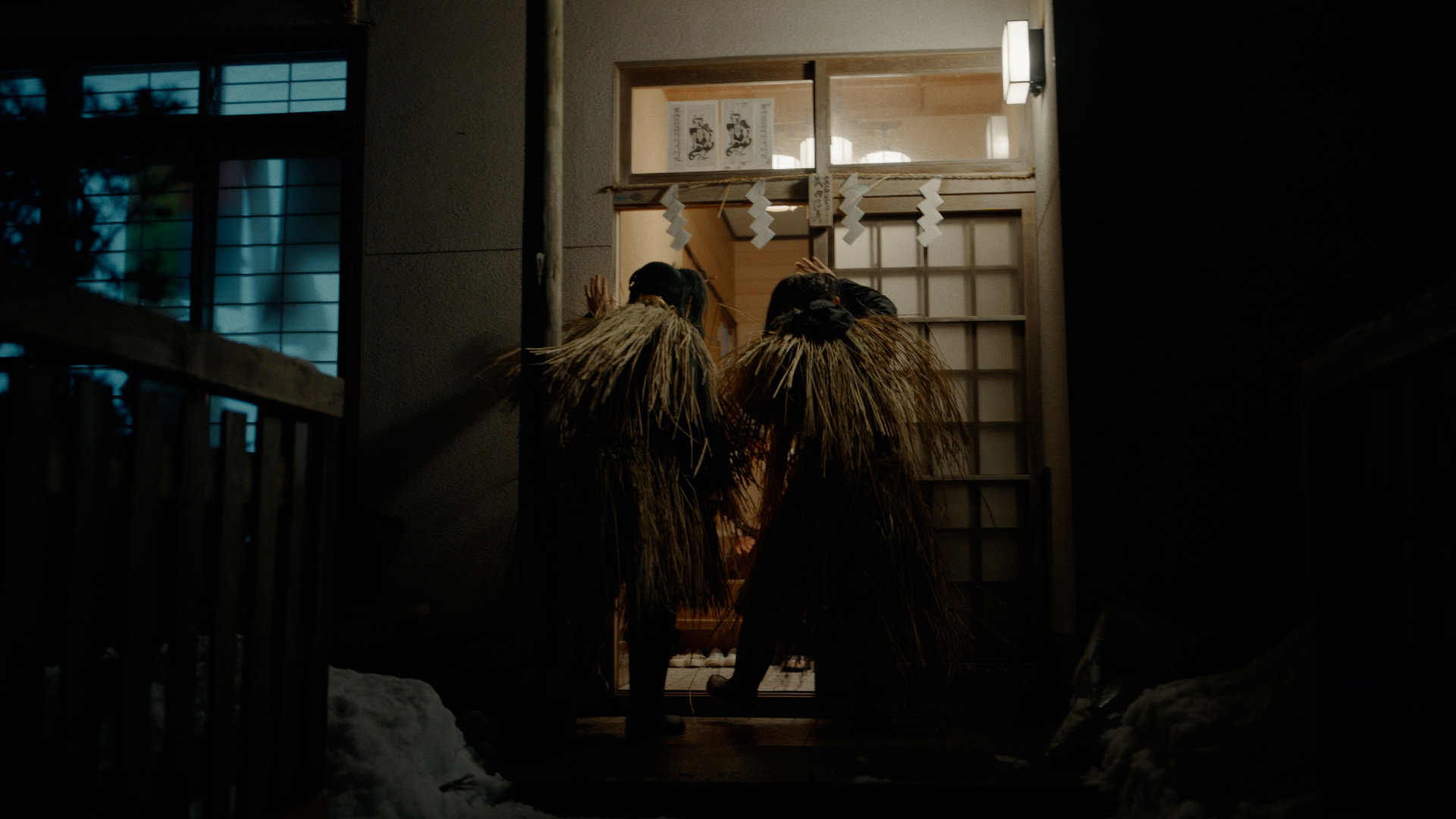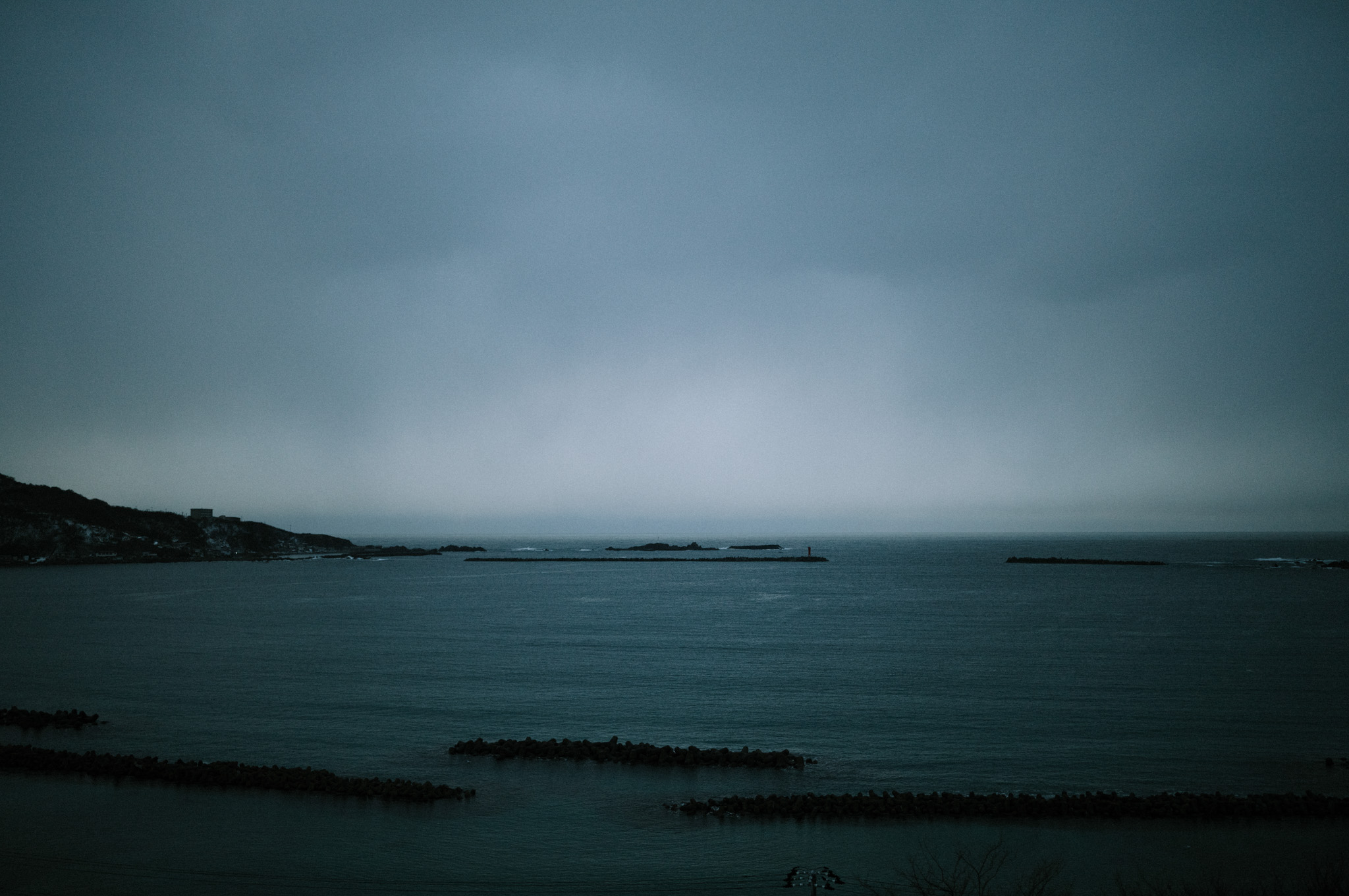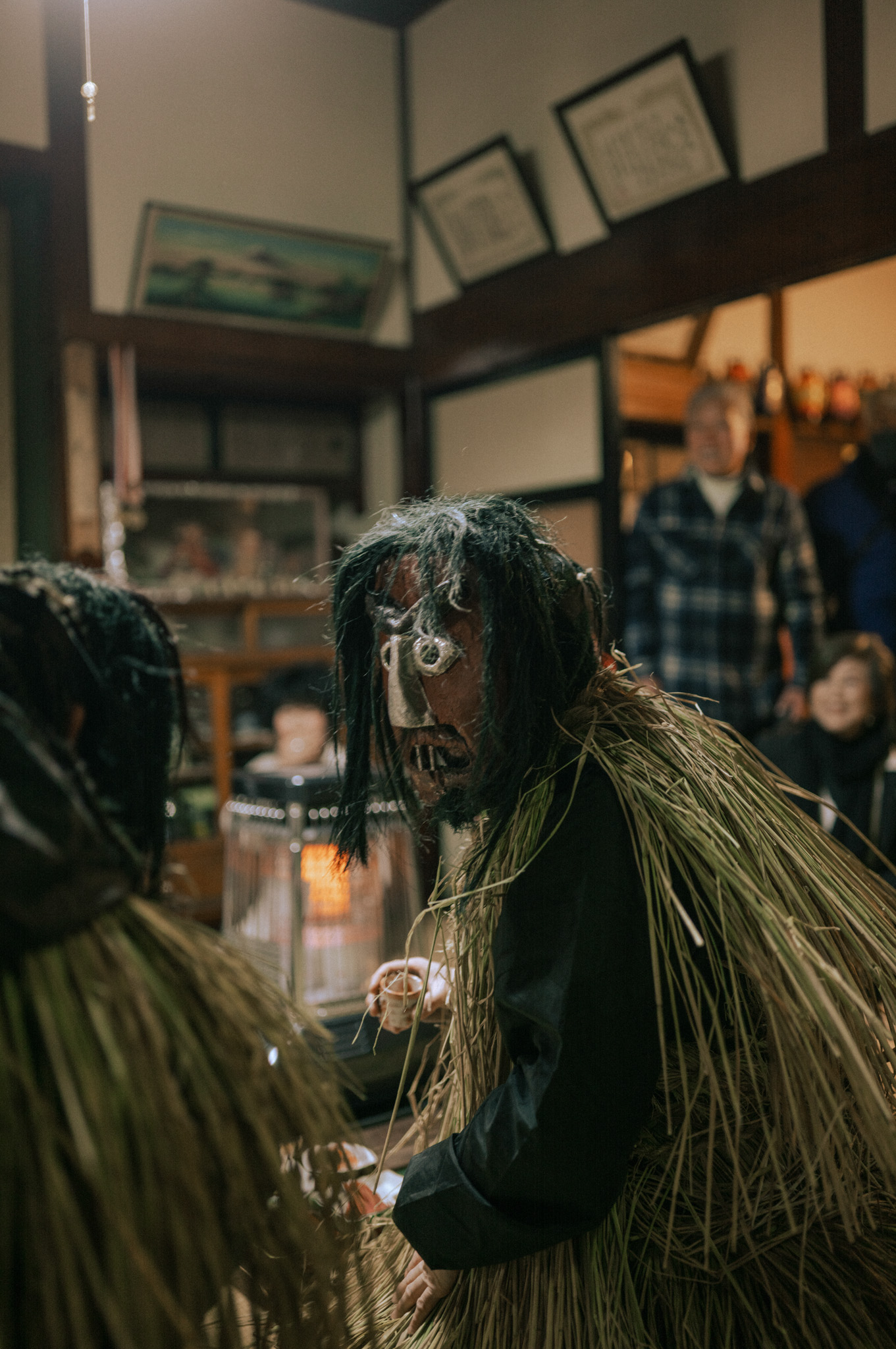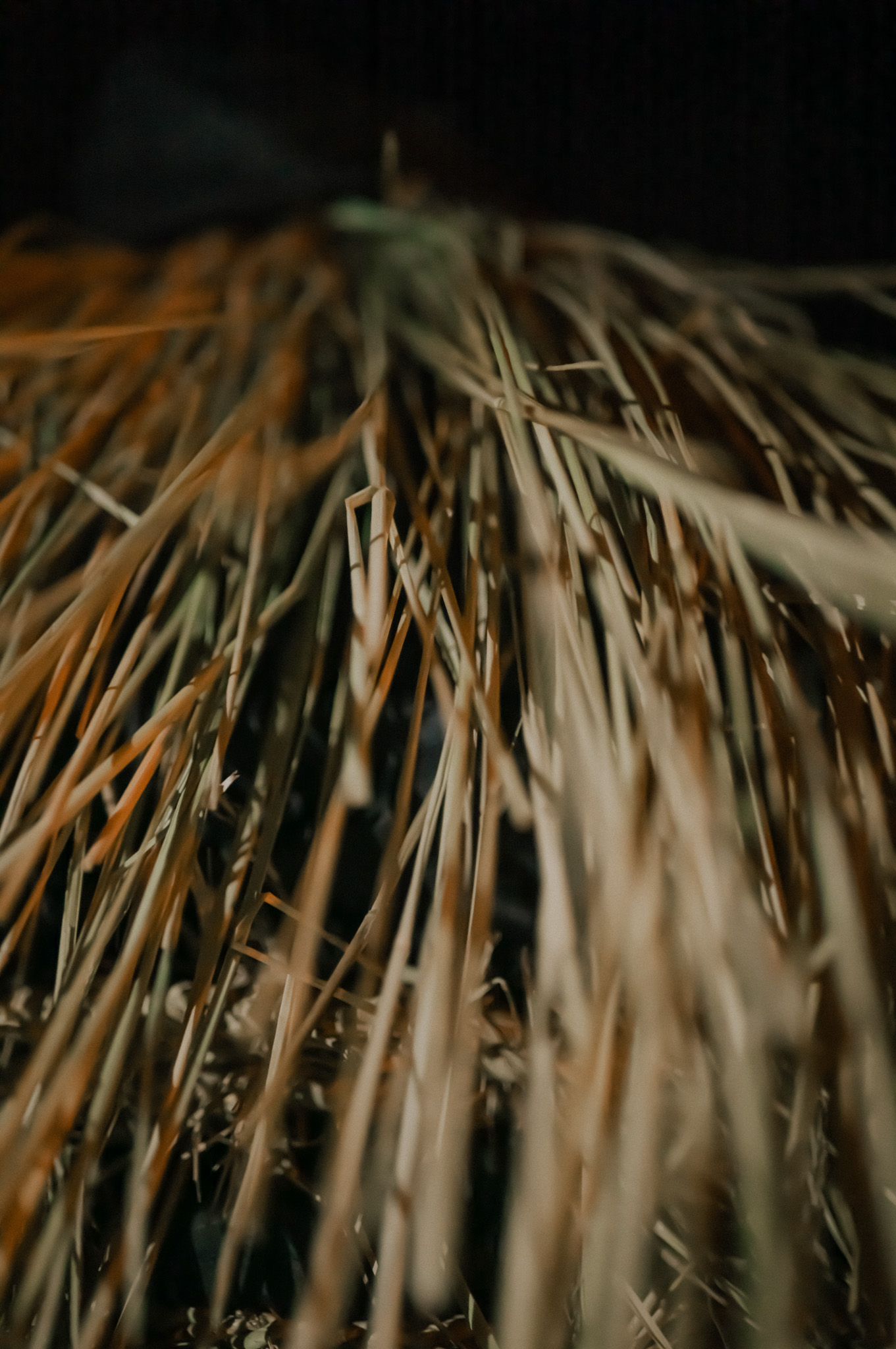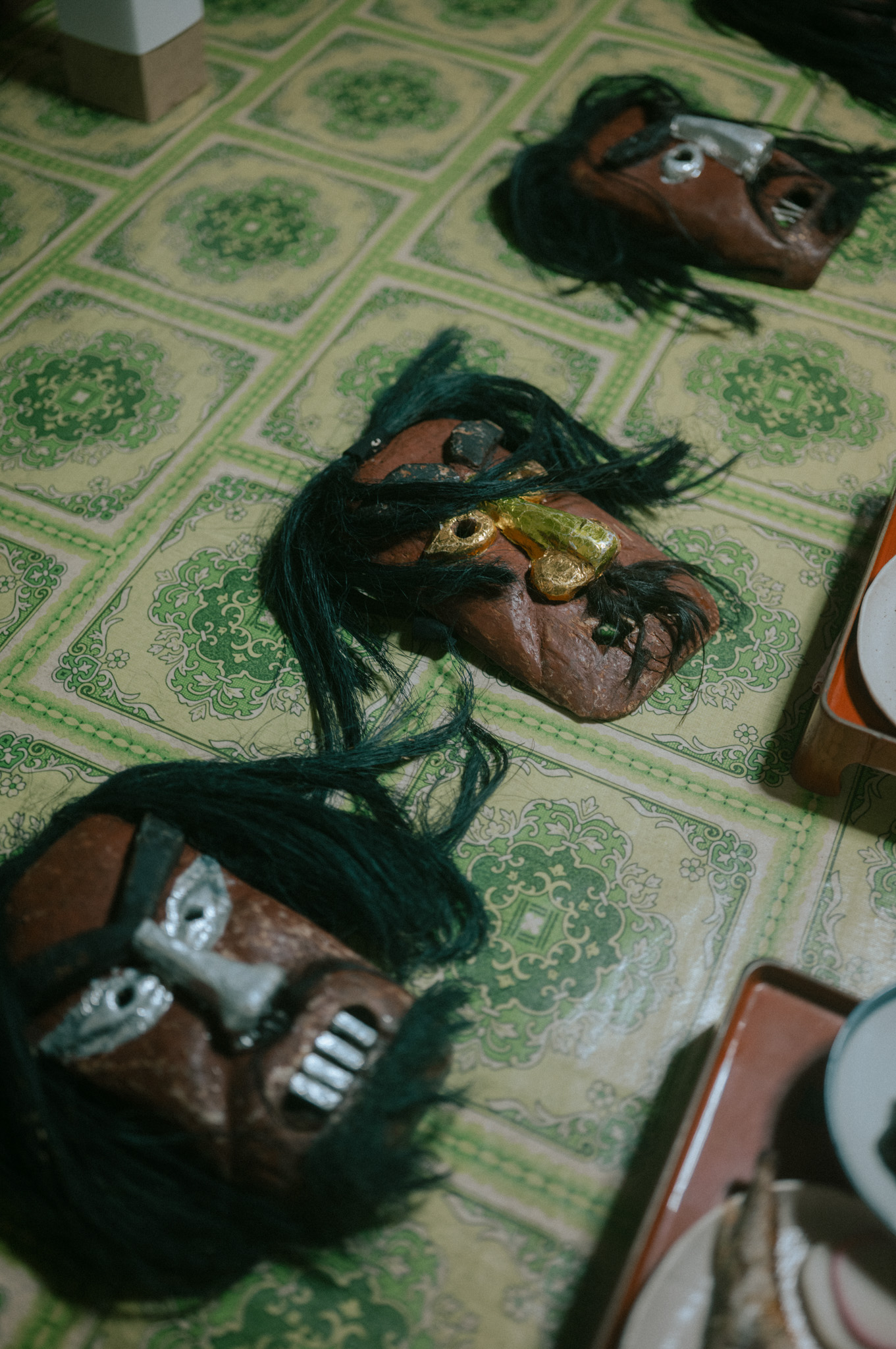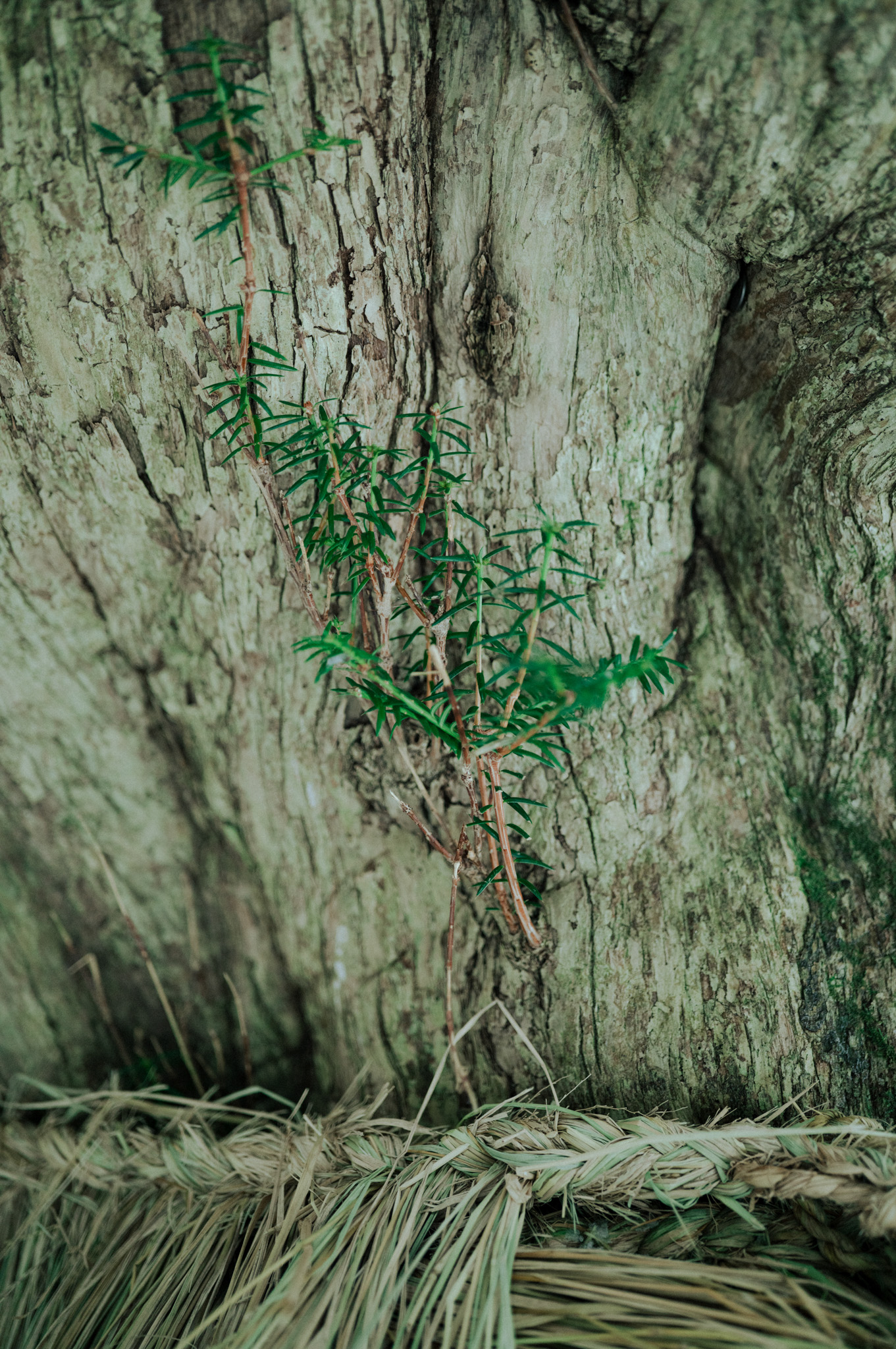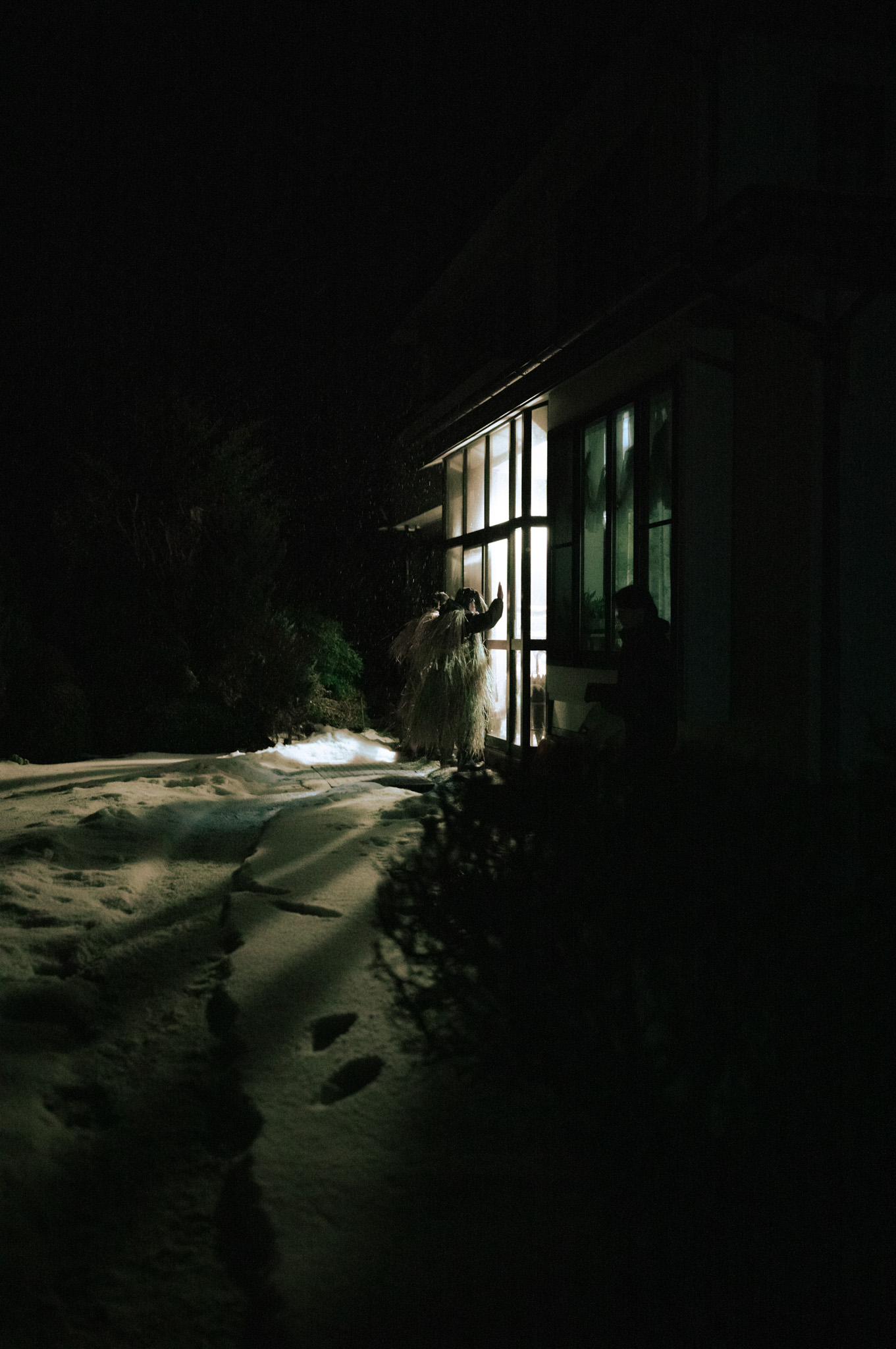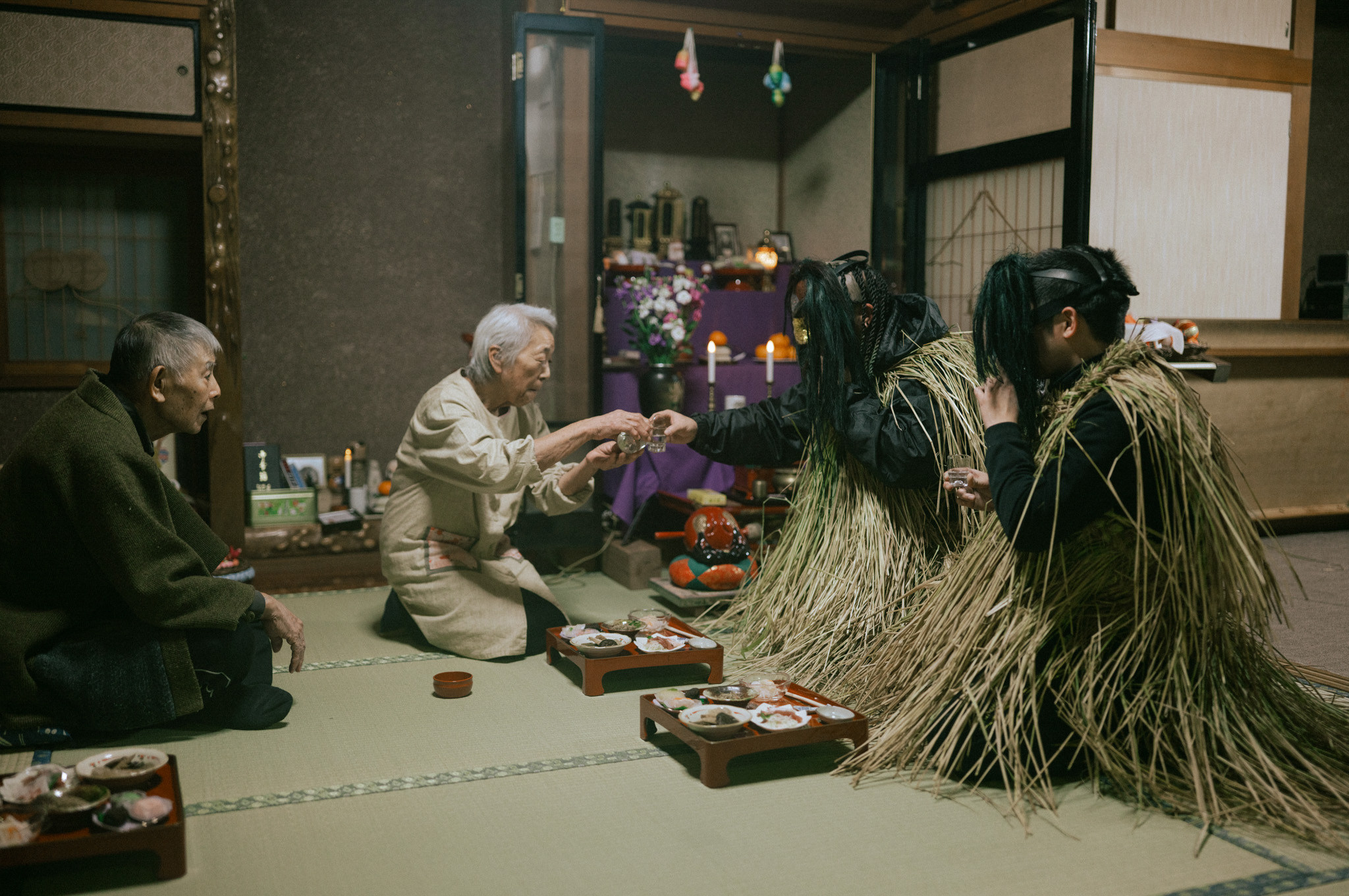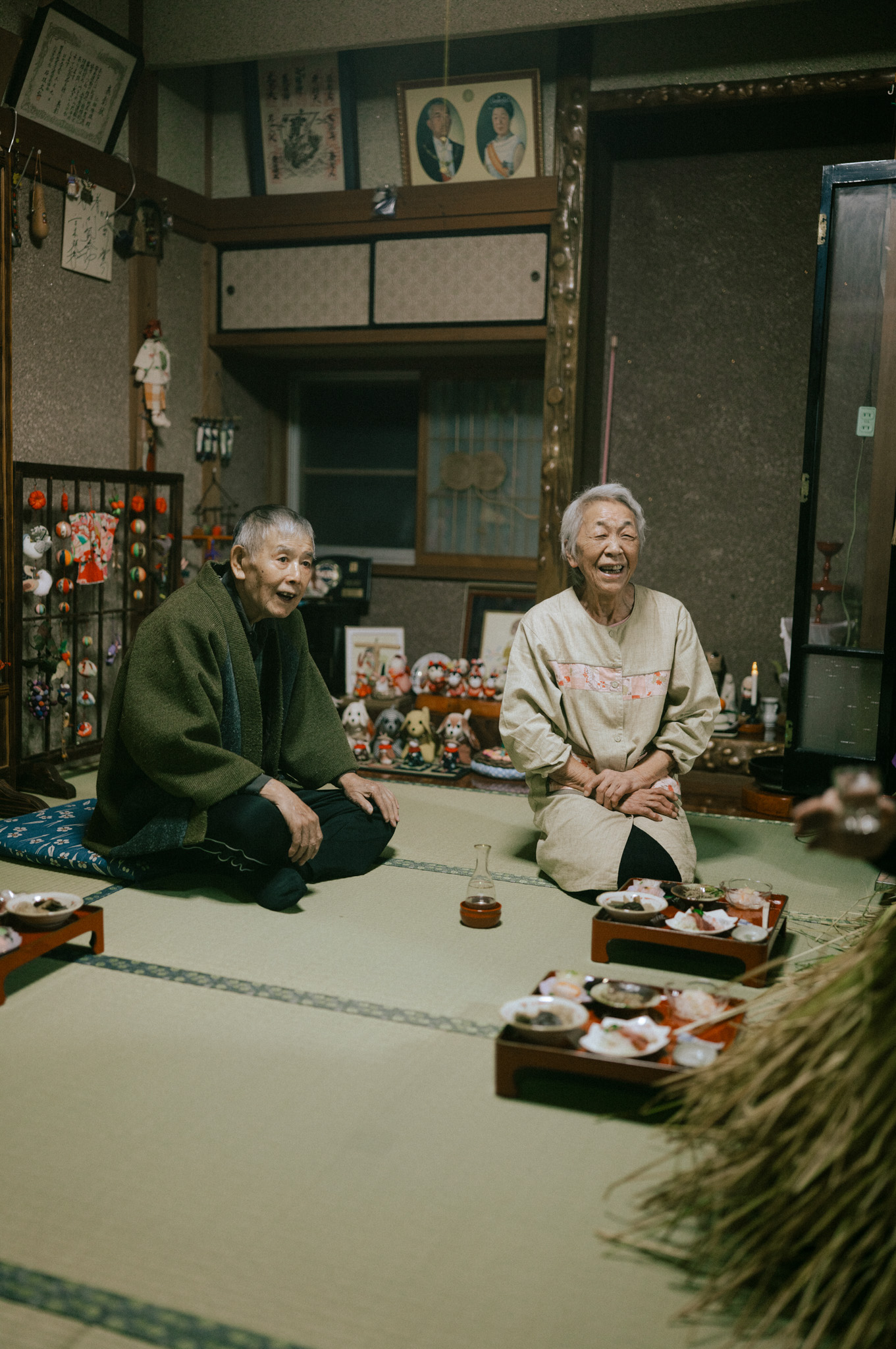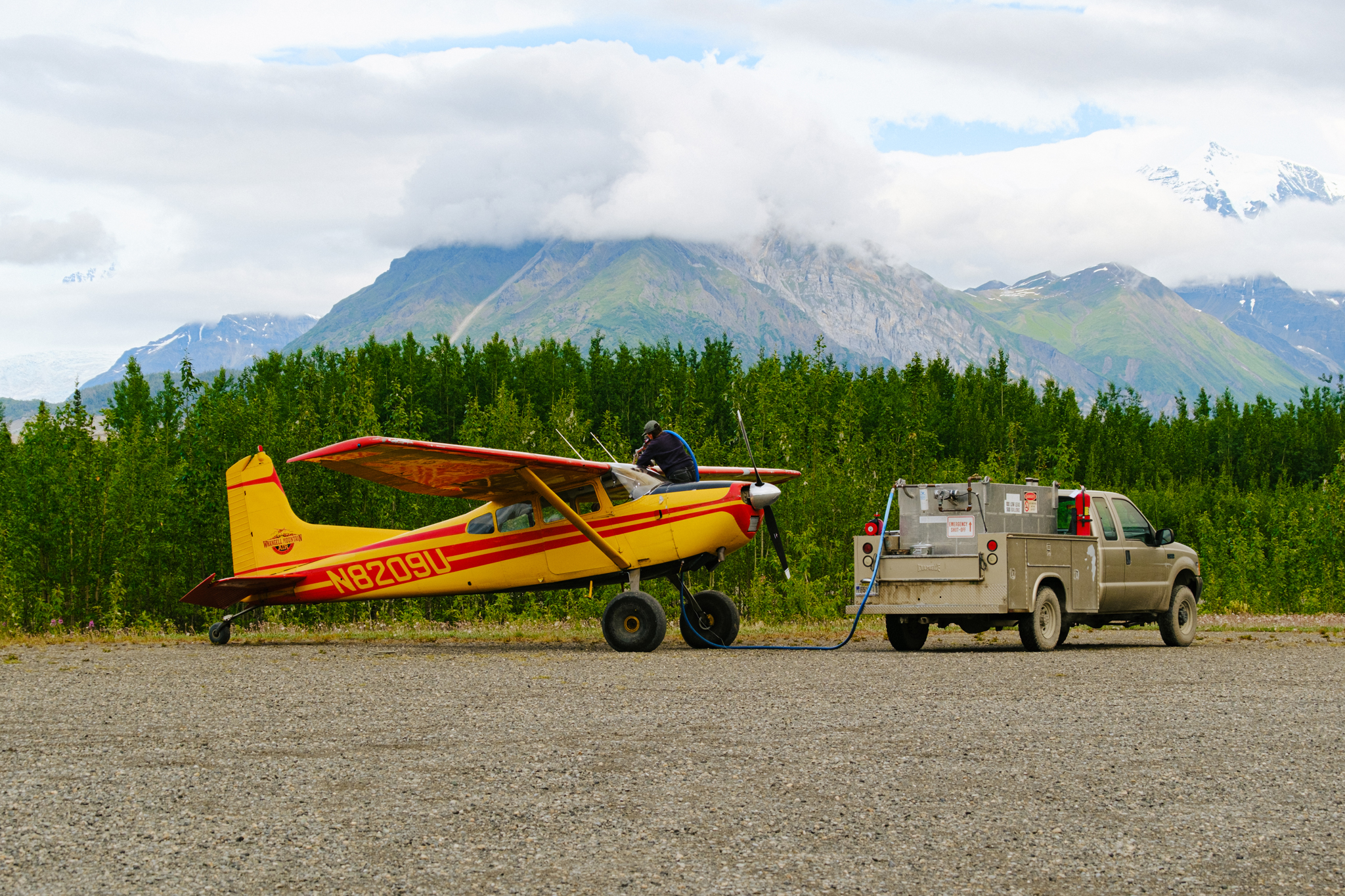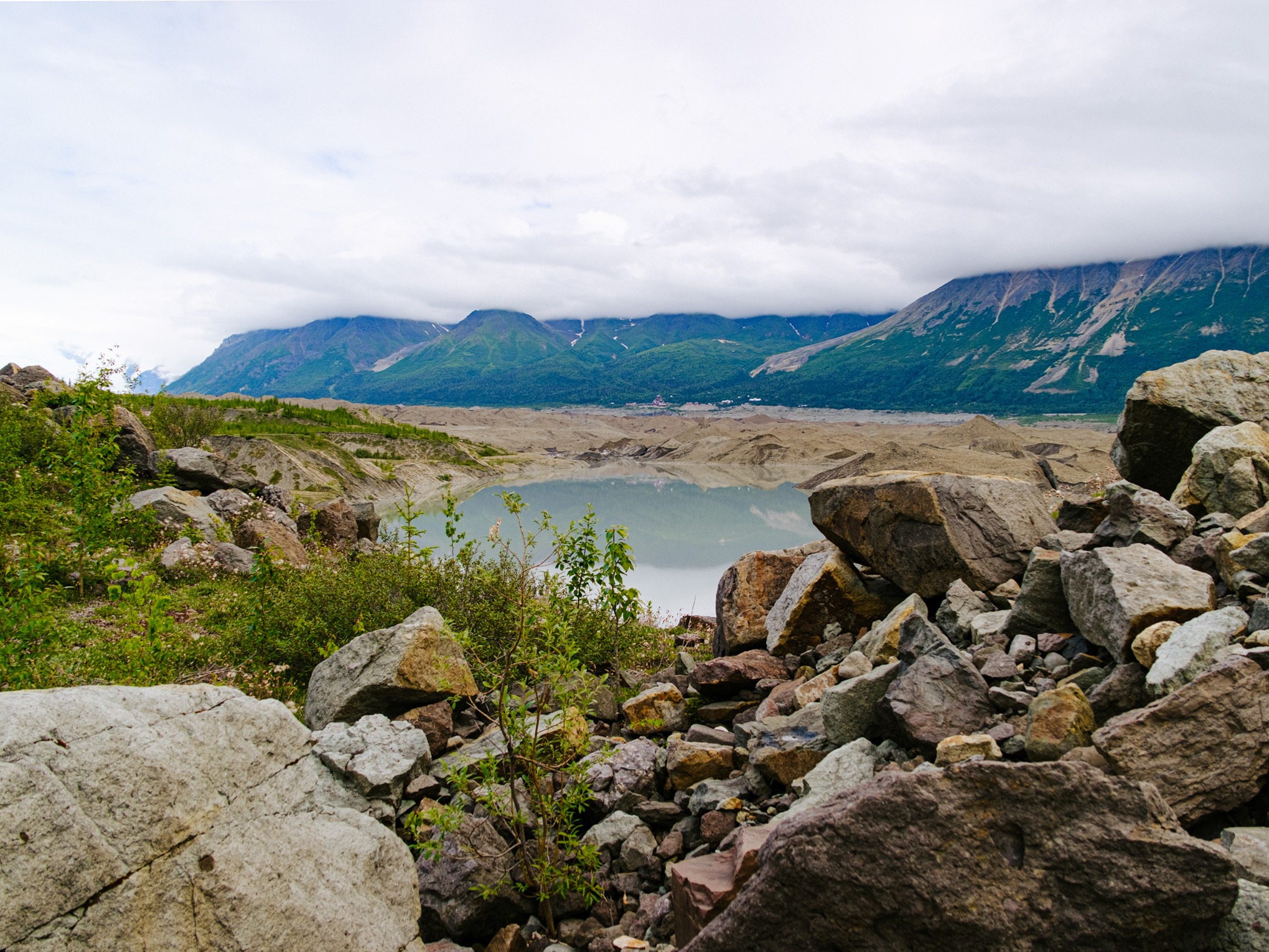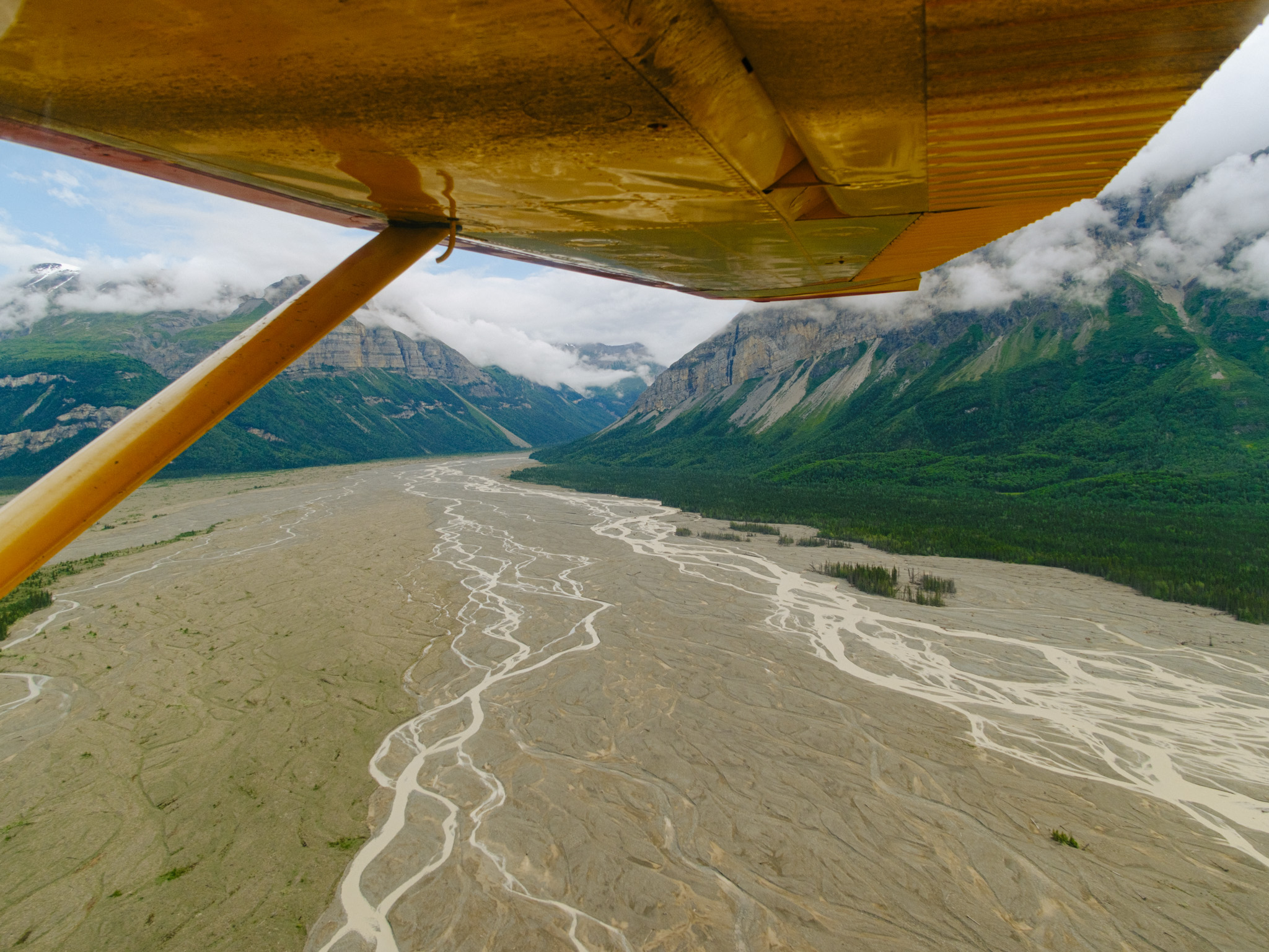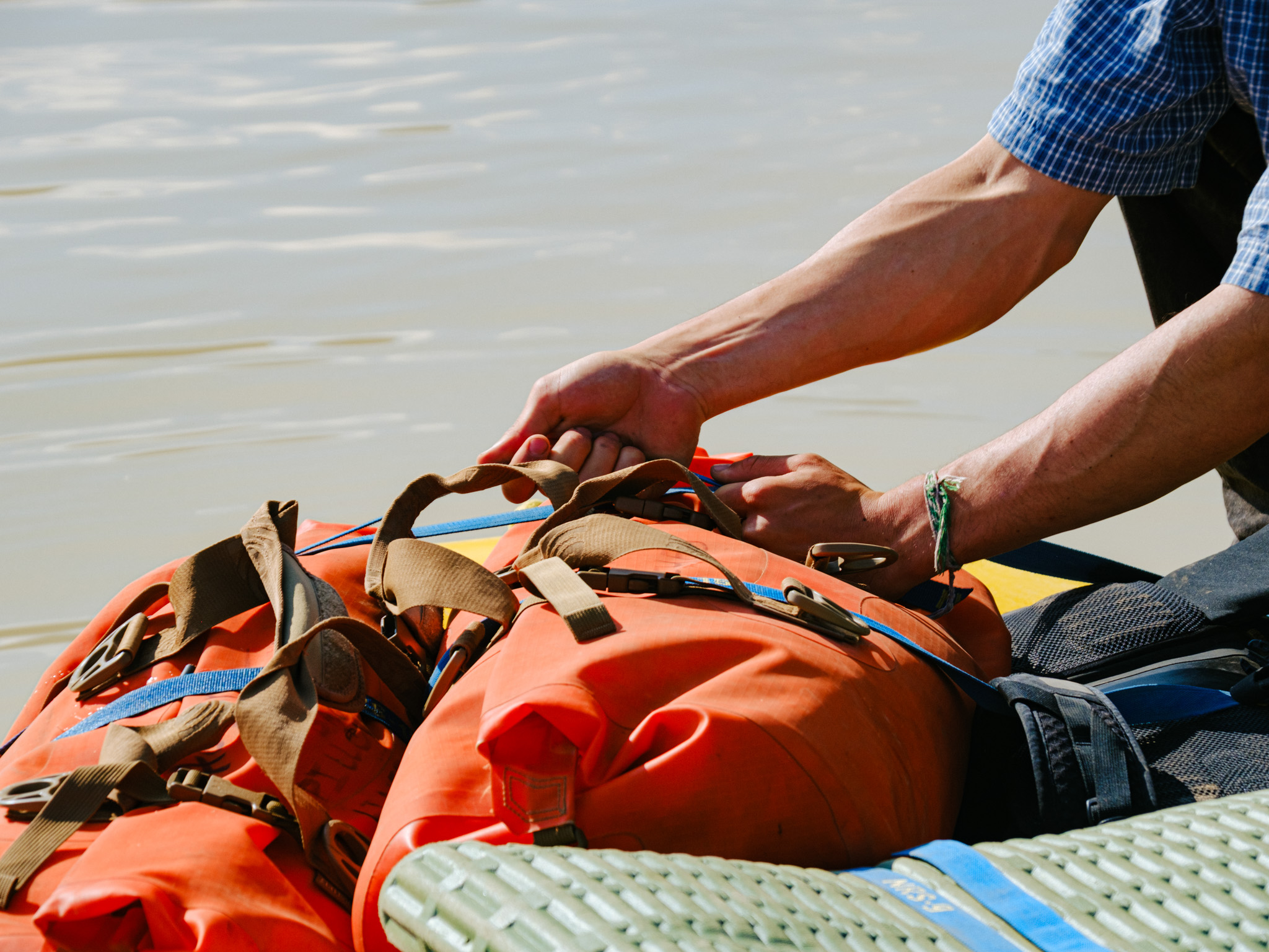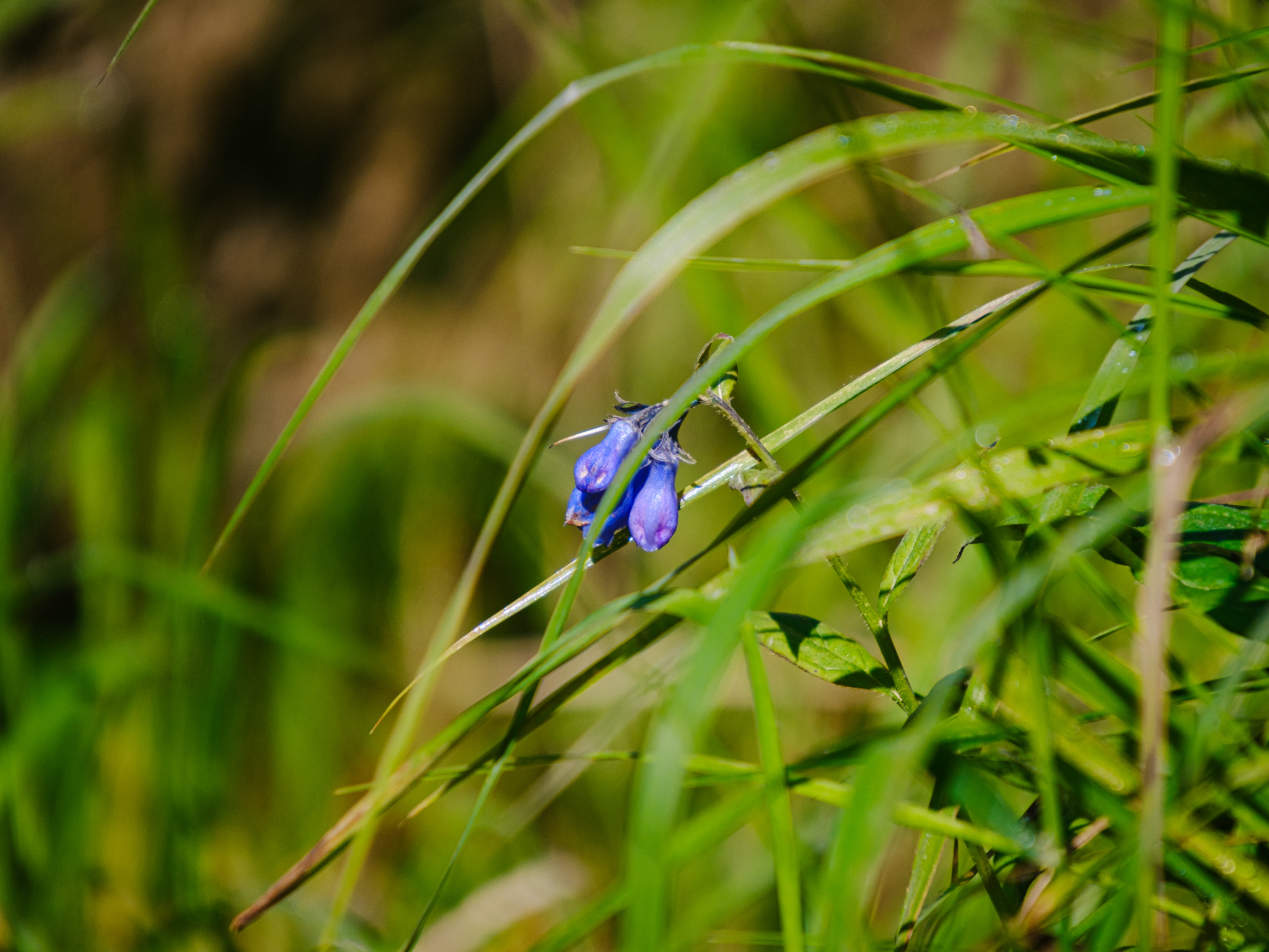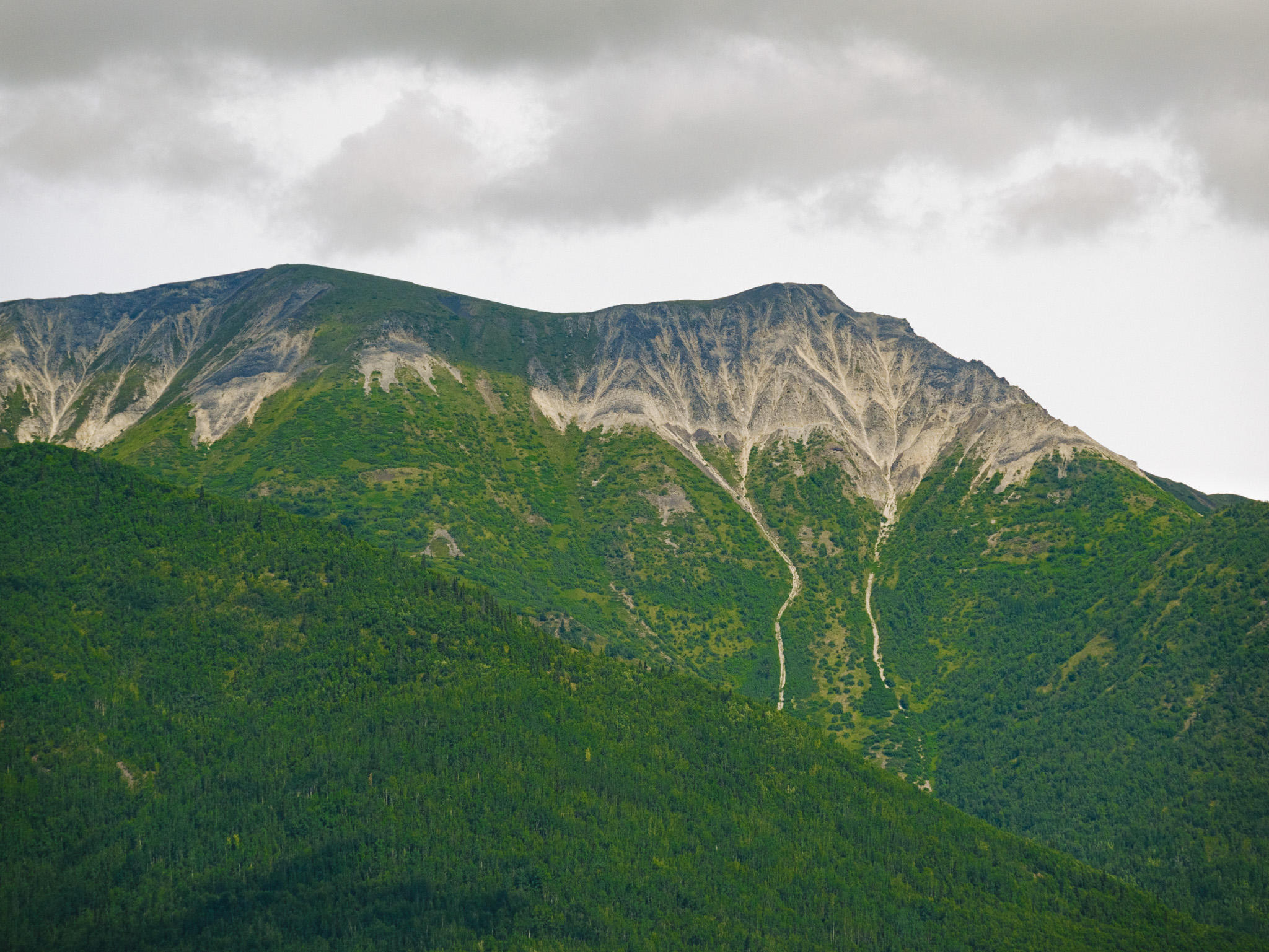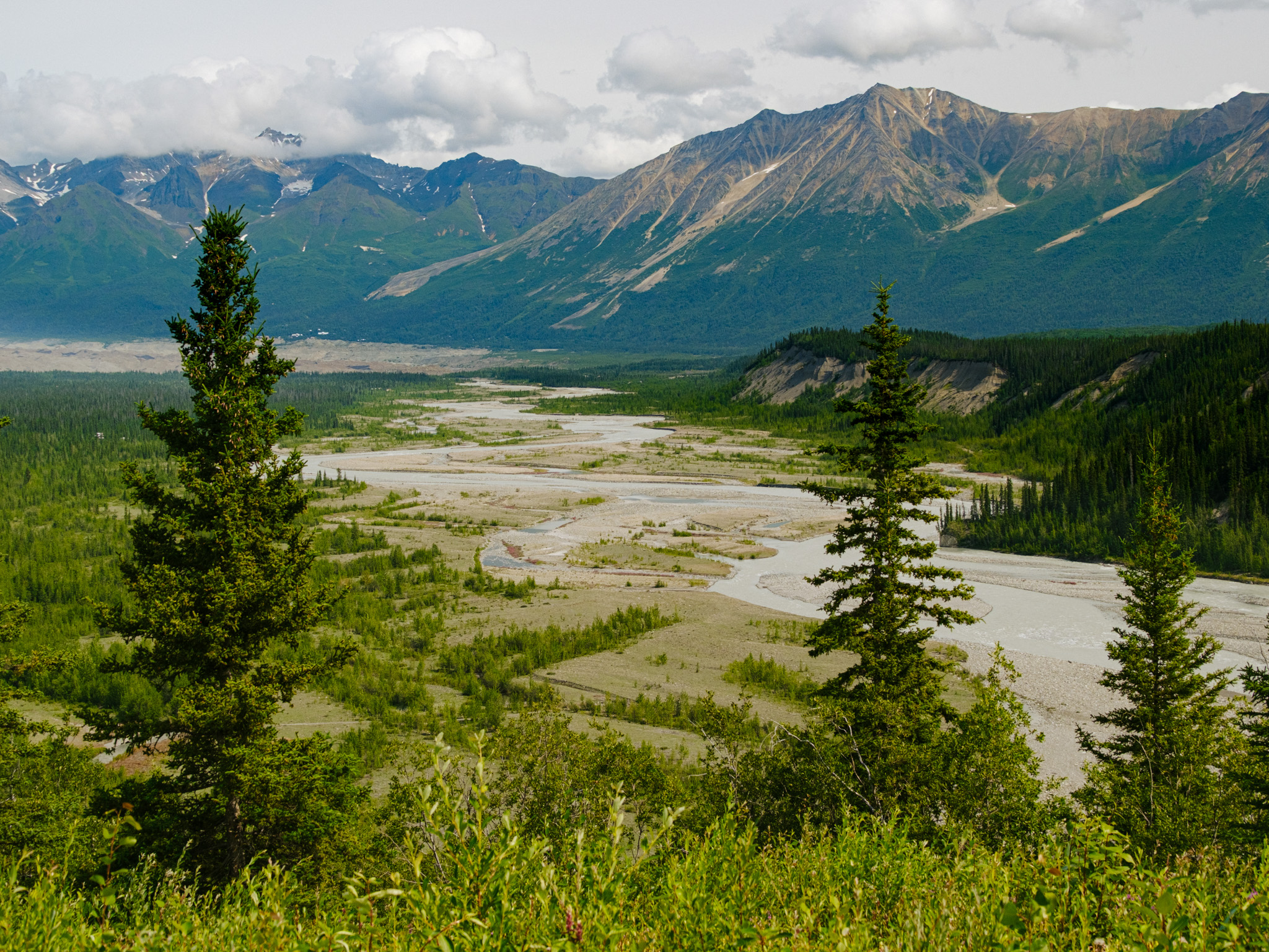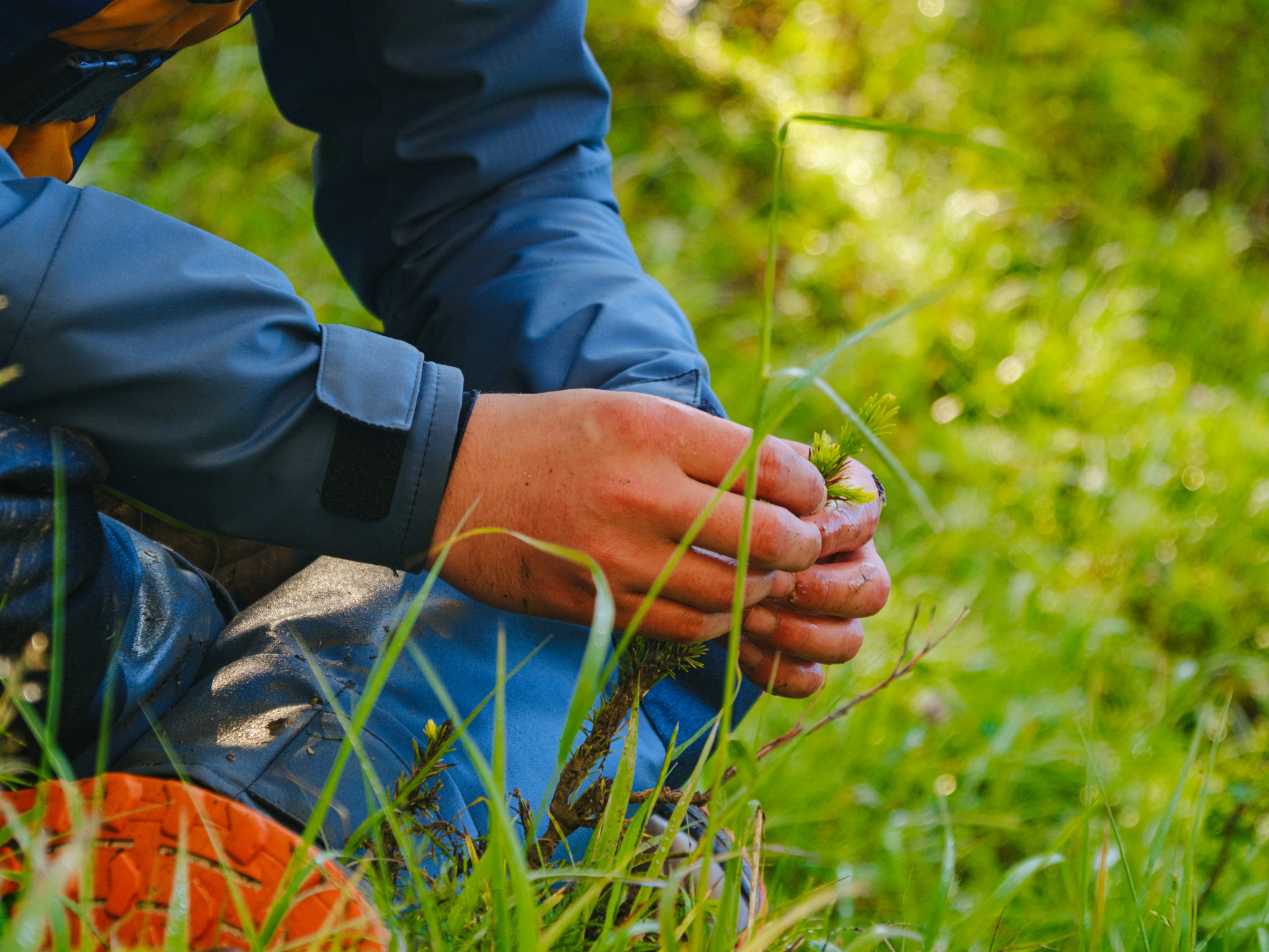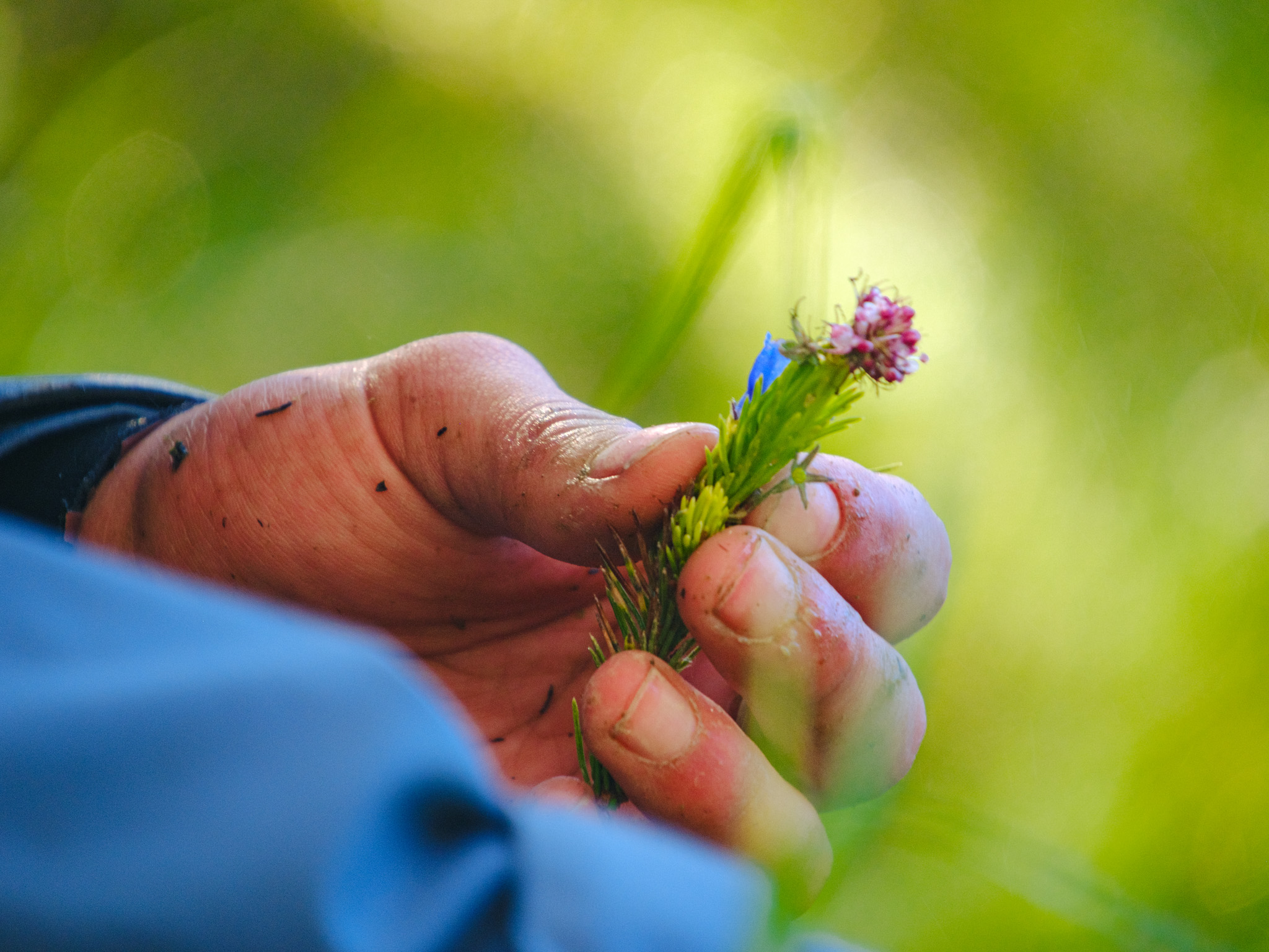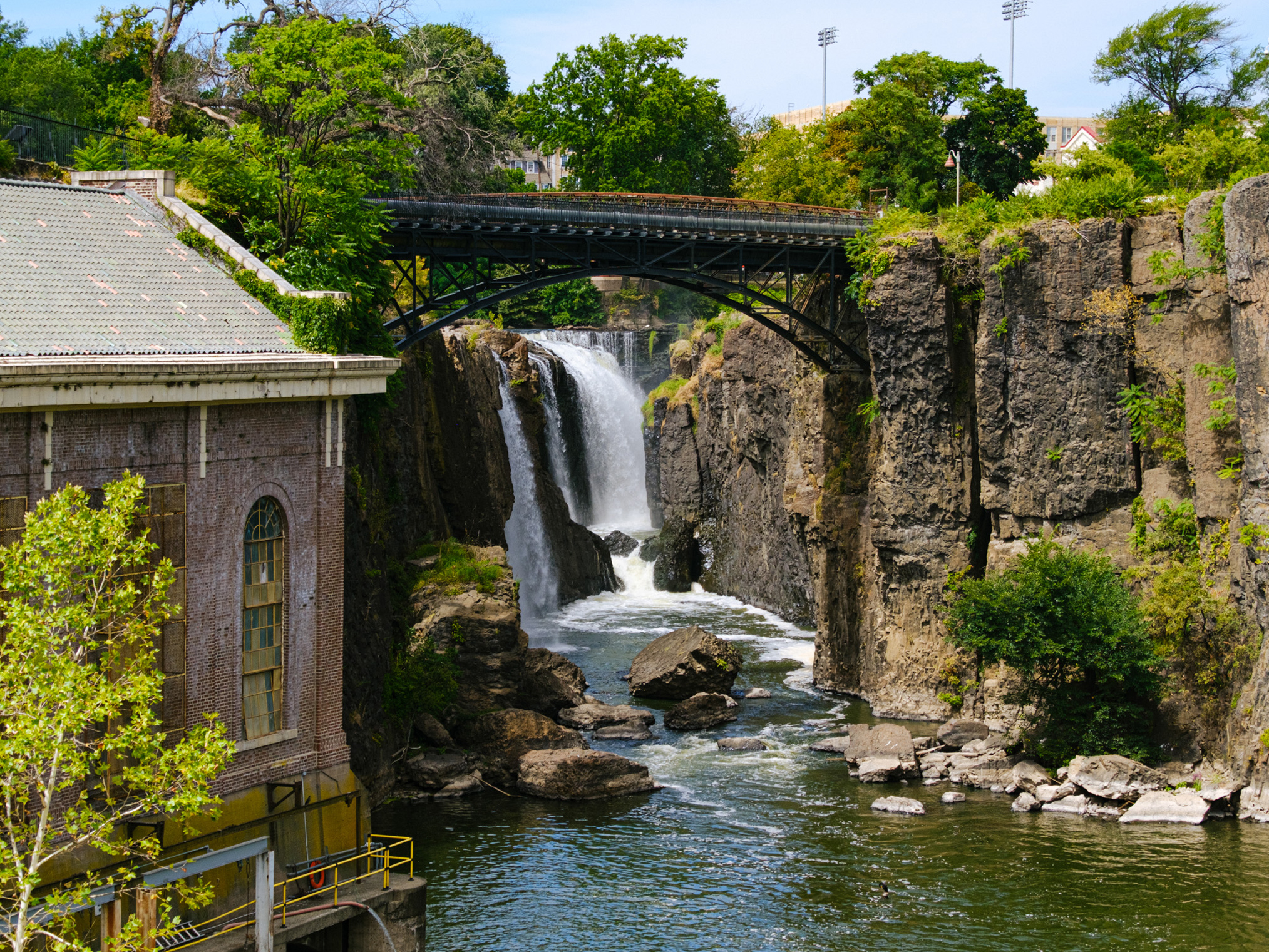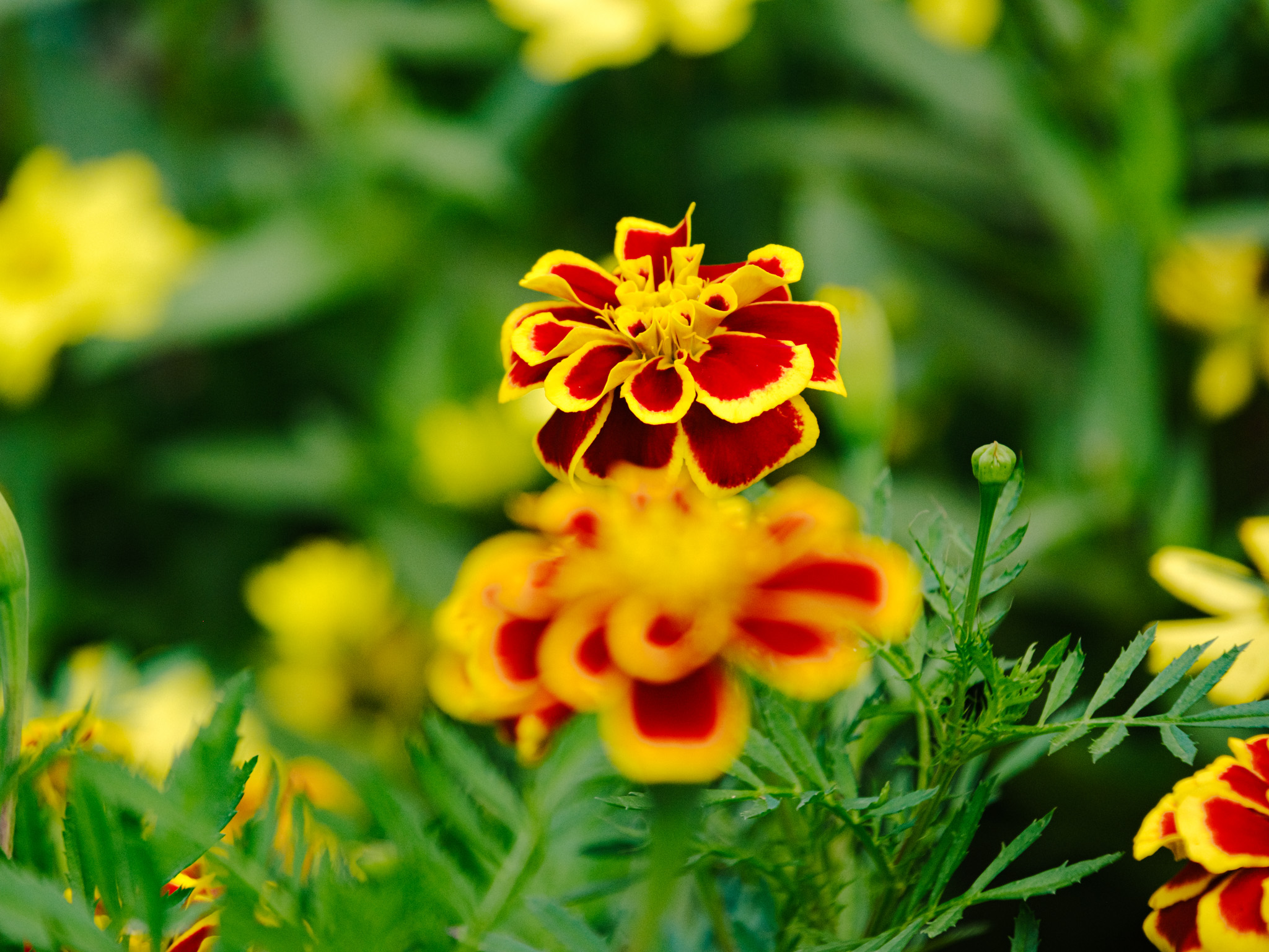
“Survival Purse” by Ralph Pace (USA): Winner, Underwater (Nikon D850, Nikon 28–70mm f/3.5–4.5 lens, Nauticam housing, 2x Sea&Sea strobes, f/14, 1/125s, ISO 640)
The Wildlife Photographer of the Year Competition has announced the 2025 winning images at an awards ceremony in London. The winners were selected from over 60,000 entries from 113 countries and territories. While underwater photographers claimed the title of Wildlife Photographer of the Year in 2023 (Laurent Ballesta) and 2024 (Shane Gross), this year’s overall winner, photographed by Wim van den Heever from South Africa, was an atmospheric image of a brown hyena on the prowl in an abandoned diamond mining town on the desert coast of Namibia.
This year’s winner in the Underwater category was American conservation photographer Ralph Pace for his unique shot of a swell shark egg case attached to a giant kelp in Monterey Bay, California. Ralph lit the egg case—aka “mermaid’s purse”—from behind to reveal the swell shark embryo within, its gill slits and yolk sac clearly visible among the dark kelp forest. Researchers estimate that kelp forests in Monterey Bay have declined by more than 95 percent over the past three decades. Swell sharks depend on kelp to lay their eggs, making them especially vulnerable to such losses.
It would be remiss of us if we didn’t also mention last year’s Wildlife Photographer of the Year, Shane Gross, taking home an award again this year. Shane’s winning shot in the “Animals in their Environment” category shows fascinating, rarely photographed behavior—a peppered moray eel scavenging for dead fish at low tide. Well adapted to the intertidal zone, peppered morays can hunt both above and below the water’s surface using their keen senses of smell and sight—staying out of water for as long as half a minute.
Congratulations to Wim, Ralph and Shane, and all the other winners! Check them out below and here.
PRESS RELEASE
Ghostly shot of rare hyena in abandoned mining town wins Wildlife Photographer of the Year 2025
Selected from a record-breaking 60,636 entries from 113 countries and territories, the category and overall winners of the world’s leading wildlife photography competition, Wildlife Photographer of the Year, run by the Natural History Museum, London, were revealed at an awards ceremony this evening.
Wildlife Photographer of the Year 2025
South African wildlife photographer Wim van den Heever has been announced as Wildlife Photographer of the Year 2025 for his powerful image, ‘Ghost Town Visitor’.
Highlighting how nature interacts with urban spaces in often unusual ways, Wim’s photograph is a haunting yet mesmerising view of a brown hyena visiting the skeletal remains of a long-abandoned diamond mining town in Kolmanskop, Namibia. Testament to the photographer’s determination and patience, using camera trap technology, it took Wim a decade to get this single shot of a brown hyena after first noticing their tracks at the site.
The rarest hyena species in the world, brown hyenas are nocturnal and mostly solitary. They are known to pass through Kolmanskop on their way to hunt Cape fur seal pups or scavenge for carrion washed ashore along the Namib Desert coast. Brown hyenas are rarely seen, so camera trap technology is an effective way for scientists to monitor behaviour and better understand the species.
Kathy Moran, Chair of the Wildlife Photographer of the Year Jury, says: “How fitting that this photograph was made in a ghost town. You get a prickly feeling just looking at this image and you know that you’re in this hyena’s realm. I also love the twist on this interpretation of ‘urban’ – it was once but is no longer a human-dominated environment. Abandoned by miners, wildlife has taken over. Repopulated, if you will. Is it still a town – it would seem that way to me – just no longer ours.”
Akanksha Sood Singh, Jury Member for the sixty-first Wildlife Photographer of the Year competition, says: “This image is an eerie juxtaposition of the wild reclaiming human civilisation. The image is haunting yet mesmerising because the solitary hyena takes centre stage as a symbol of resilience amid the decay. This picture is a multi-layered story of loss, resilience and the natural world’s silent triumph, making it an unforgettable piece of wildlife and conservation photography.”

“Ghost Town Visitor” by Wim van den Heever (South Africa): Wildlife Photographer of the Year 2025 and Winner, Urban Wildlife (Nikon D810, Nikon 17–35mm f/2.8 lens at 17mm, 2x Nikon SB-800 Speedlight flashes, Camtraptions motion sensor, f/2.8, 15s, ISO 3200)
Young Wildlife Photographer of the Year 2025
The competition’s Young Wildlife Photographer of the Year 2025 was announced as Andrea Dominizi, the first ever Italian to land the prestigious award for wildlife photographers aged 17 and under.
Andrea won for his image ‘After the Destruction’ which tells a poignant tale of habitat loss. Framed against abandoned machinery, the image spotlights a longhorn beetle in the Lepini Mountains of central Italy, an area once logged for old beech trees.
As longhorn beetles tunnel into dead wood, fungi make their way inside, helping to break it down and recycle nutrients. If the beetles’ habitat is disturbed or destroyed, the effects ripple across the entire ecosystem.
Andy Parkinson, Jury Member for the sixty-first Wildlife Photographer of the Year competition, says: “An image filled with as much narrative and importance as it is with detail. A compelling, but harrowing photograph, it’s one that encourages the viewer to contemplate the nature of this fraught relationship. This image, so beautifully and compositionally crafted will, I hope, stimulate conversation, discussion and an acceptance that we must deviate from our current path because it’s not just our own futures that we’re jeopardising.”

“After the Destruction” by Andrea Dominizi (Italy): Young Wildlife Photographer of the Year and Winner, 15–17 Years (Nikon D7100, Tokina 10–17mm f/3.5–4.5 fisheye lens at 17mm, Godox TT350 off-camera flash and diffuser, f/8, 1/80s, ISO 400)
Impact Award 2025
Now in its second year, the competition’s Impact Award recognises a conservation success, a story of hope or positive change. This year, the award was given to Brazilian photographer, Fernando Faciole, for his image ‘Orphan of the Road’.
Spotlighting an orphaned giant anteater pup following its caregiver after an evening feed at a rehabilitation centre, Fernando’s photograph highlights the consequences of road collisions, a leading cause of the decline in giant anteater numbers in Brazil. The pup’s mother was killed by a vehicle, and the hope is that it will be released back into the wild after being encouraged to develop crucial survival skills by its caregiver.
Alongside rehabilitation centres, the Anteaters and Highways project of the Wild Animal Conservation Institute is developing strategies to reduce anteater deaths on Brazil’s roads. These include erecting fences and building underground tunnels to allow the anteaters to cross safely.
Hans Cosmas Ngoteya, Jury Member for the sixty-first Wildlife Photographer of the Year competition, says: “The anteater depicted in this image symbolises many endangered animals that require our assistance. These animals, without the ability to express themselves verbally, rely on us to ensure their protection and care. This image conveys that message effectively.”

“Orphan of the Road” by Fernando Faciole (Brazil): Impact Award Winner 2025 (Nikon D850, Nikon 24–70mm f/2.8 lens at 28mm, Nikon Speedlight flash with Greica CT-16 transmitter/receiver, f/22, 0.8s, ISO 31)
Category Winners and the 61st Wildlife Photographer of the Year Exhibition
The winning photographs will be showcased in an exhibition at the Natural History Museum, London, from Friday 17 October 2025, including 19 category winners across topics ranging from underwater to urban wildlife, and photojournalism to mammal behaviour.
The exhibition will also help visitors understand how our planet’s habitats are changing. Alongside the award-winning photographs, the sixty-first exhibition will provide insight into some of the habitats pictured by including the Natural History Museum’s groundbreaking metric, the Biodiversity Intactness Index (BII). BII measures how much of a region’s natural biodiversity remains on a scale of 0 to 100%. Adopted as an official Global Biodiversity Framework indicator for decision-making, it is an essential tool for understanding, monitoring and communicating biodiversity changes on a global scale and tracking international progress towards conservation goals.
Dr Doug Gurr, Director of the Natural History Museum, says: “Now in its sixty-first year, we are thrilled to continue Wildlife Photographer of the Year as a powerful platform for visual storytelling, showing the diversity, beauty and complexity of the natural world and humanity’s relationship to it. With the inclusion of our Biodiversity Intactness Index, this year’s exhibition will be our best combination of great artistry and groundbreaking science yet, helping visitors to become inspired to be advocates for our planet.”
The category winners, as well as the full 100 images selected for the competition’s sixty- first portfolio, were selected anonymously by an international panel of experts across the disciplines of wildlife photography, filmmaking, conservation and science. The images were selected for their originality, technical excellence, and creativity.
The 19 category winners across young and adult categories are:
- 10 Years and Under: Jamie Smart (UK)
- 11–14 Years: Lubin Godin (France)
- 15–17 Years: Andrea Dominizi (Italy)
- Animals in their Environment: Shane Gross (Canada)
- Animal Portraits: Philipp Egger (Italy)
- Behaviour: Birds – Qingrong Yang (China)
- Behaviour: Mammals – Dennis Stogsdill (USA)
- Behaviour: Amphibians and Reptiles – Quentin Martinez (France)
- Behaviour: Invertebrates – Georgina Steytler (Australia)
- Oceans: The Bigger Picture – Audun Rickardsen (Norway)
- Plants and Fungi – Chien Lee (Malaysia)
- Natural Artistry – Simone Baumeister (Germany)
- Underwater – Ralph Pace (USA)
- Urban Wildlife – Wim van den Heever (South Africa)
- Wetlands: The Bigger Picture – Sebastian Frölich (Germany)
- Photojournalism – Jon A Juárez (Spain)
- Photojournalist Story Award – Javier Aznar González de Rueda (Spain)
- Rising Star Award – Luca Lorenz (Germany)
- Portfolio Award – Alexey Kharitonov (Israel/ Russia)
The sixty-first Wildlife Photographer of the Year exhibition at the Natural History Museum, London, will open on Friday 17 October 2025 until Sunday 12 July 2026. The exhibition will also embark on a UK and international tour to inspire millions to appreciate and conserve the natural world.
Our Wildlife Photographer of the Year exhibition is supported by Lead Corporate Sponsor, Nuveen.
Tickets are available here.

“Like an Eel Out of Water” by Shane Gross (Canada): Winner, Animals in Their Environment (Nikon Z6, Nikon Z 24–70mm lens at 24mm, Godox AD400 Pro flash with 24-inch diffuser, f/5.6, 1/250s, ISO 2500)

“The Feast” by Audun Rikardsen (Norway): Winner, Oceans: The Bigger Picture (Canon EOS R5, Canon 15–35mm f/2.8 lens at 15mm, Canon Speedlite 600EX II flash, LED torch, f/4.5, 1/200s, ISO 10000)

“Synchronised Fishing” by Qingrong Yang (China): Winner, Behaviour: Birds (Nikon Z9, Nikon 400mm f/2.8 lens, f/5, 1/2500s, ISO 110)




